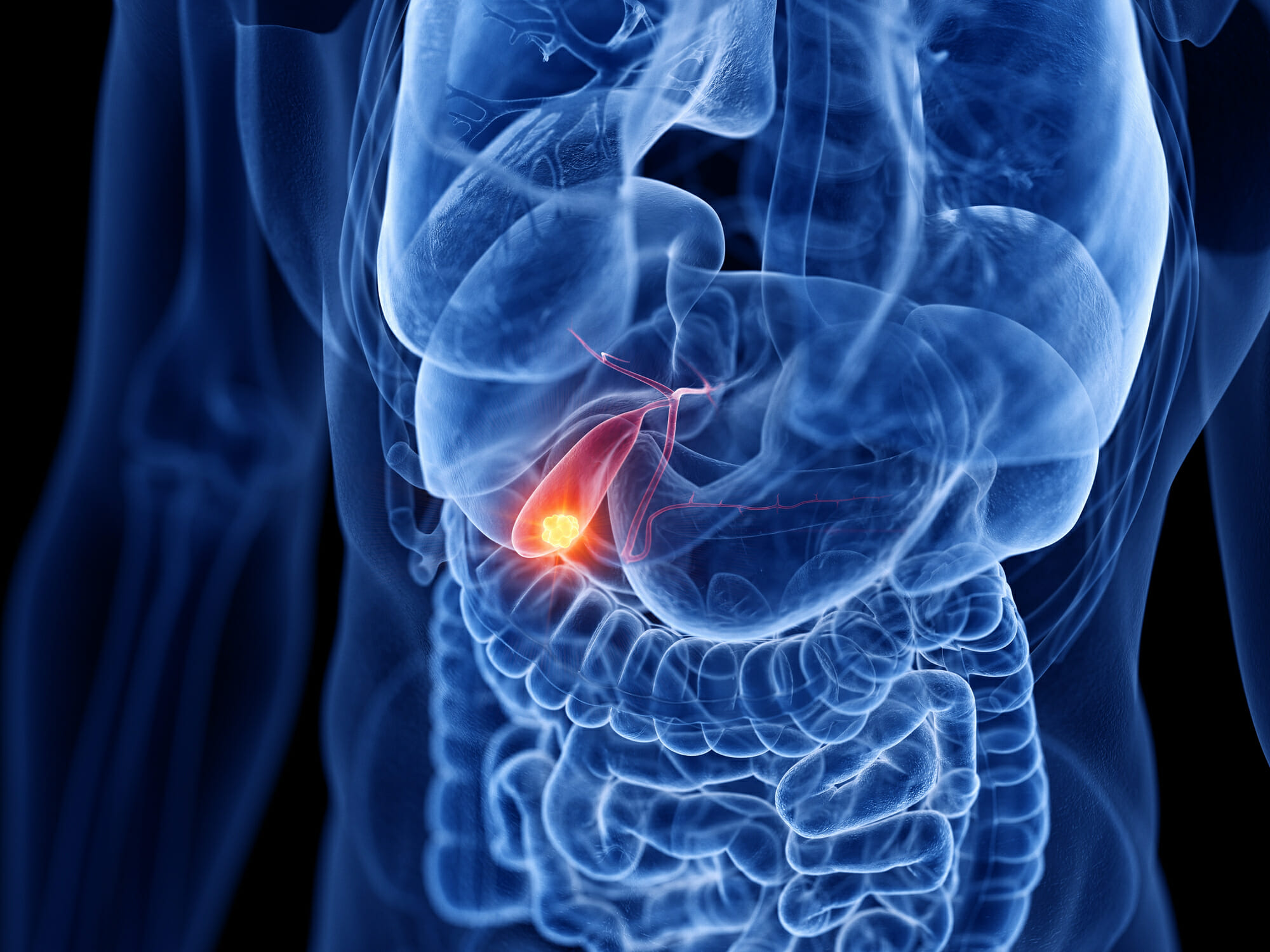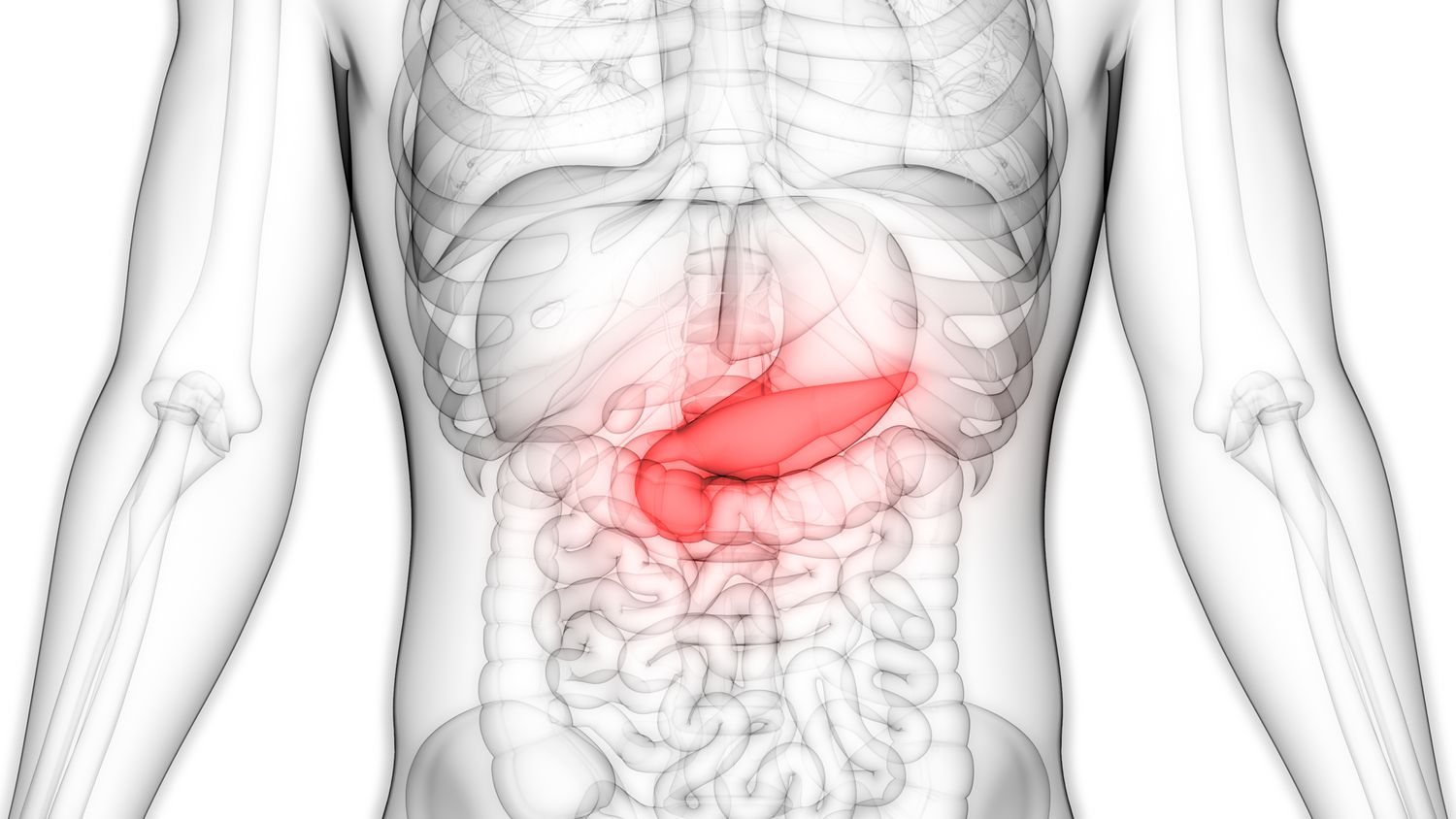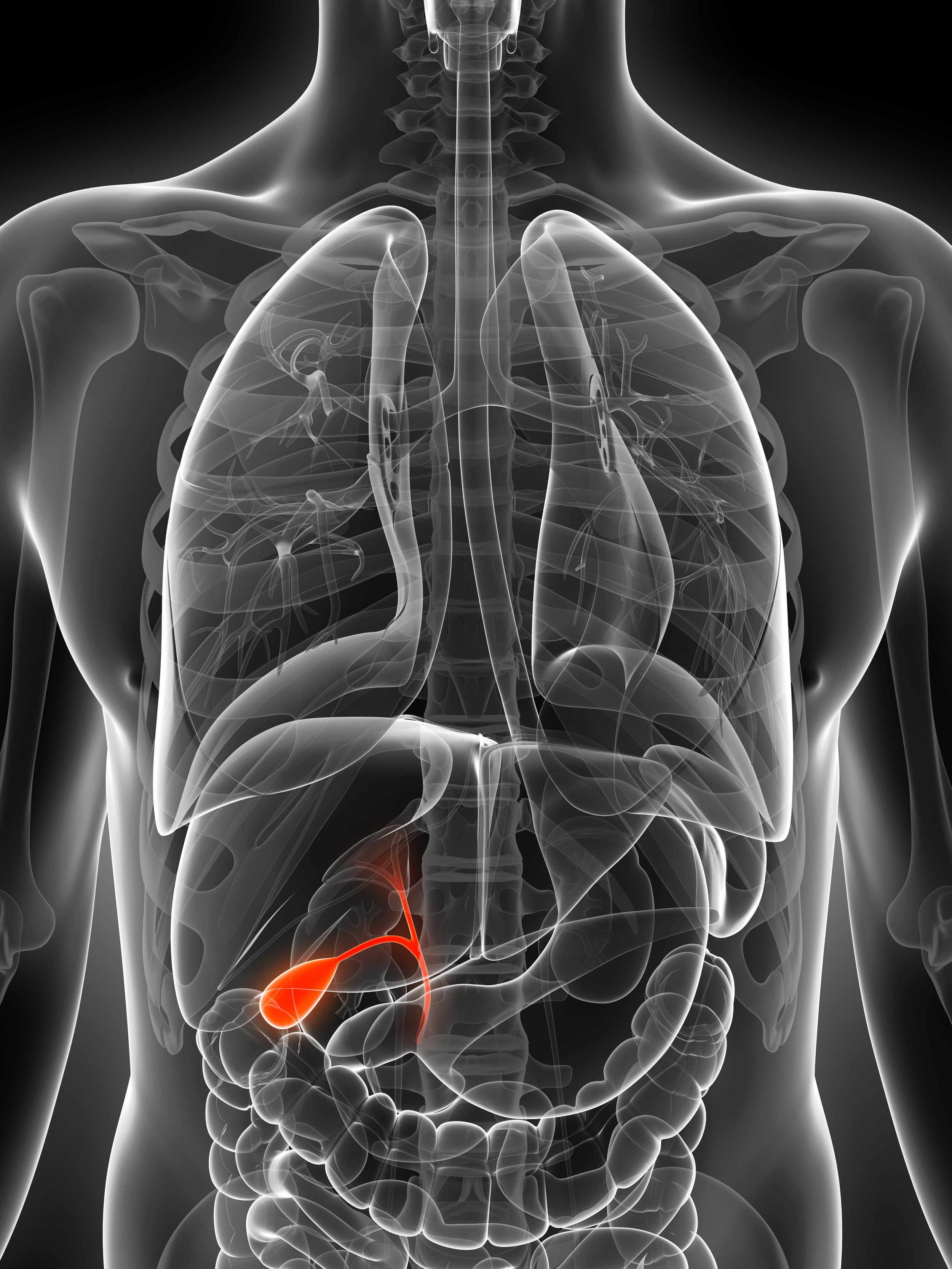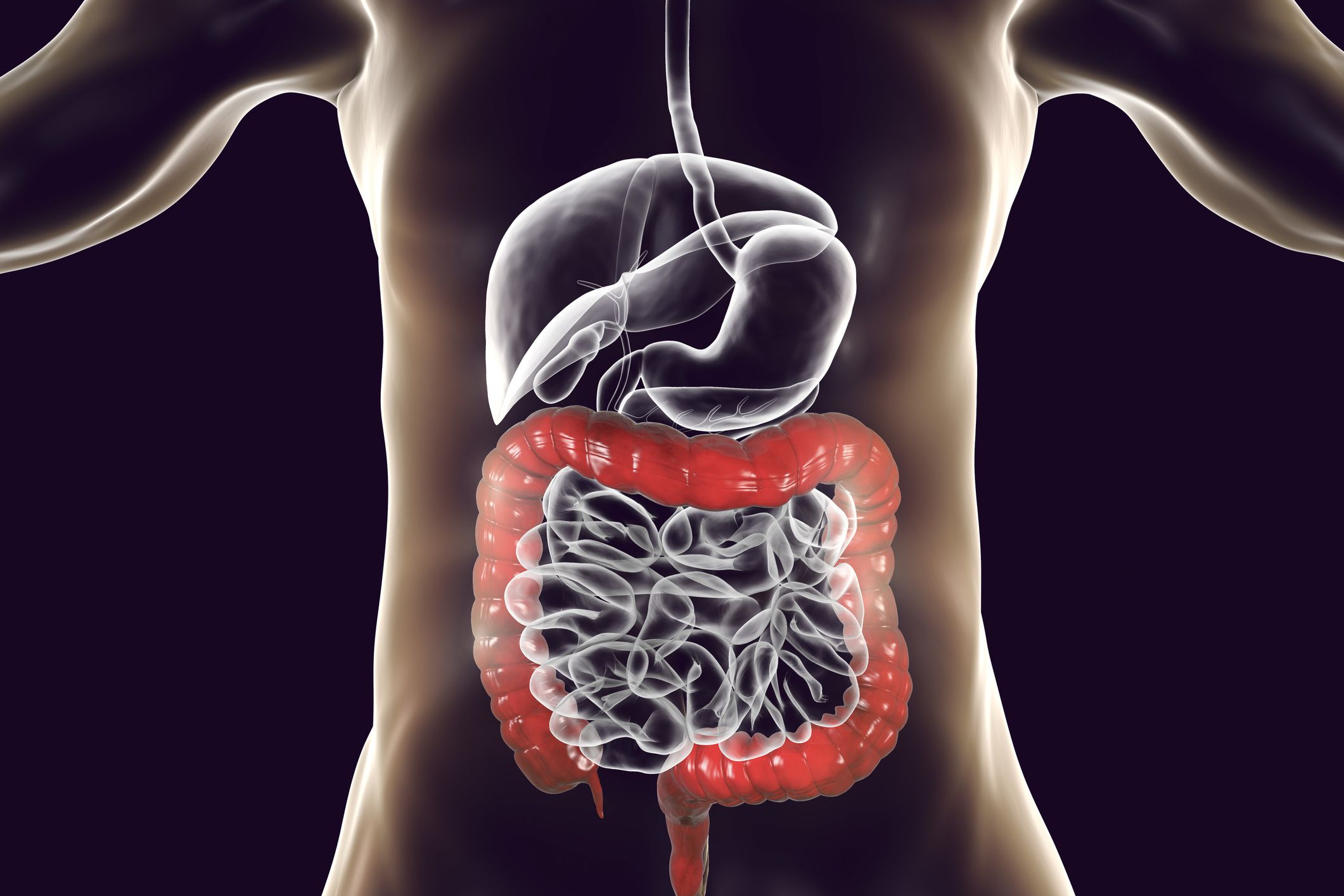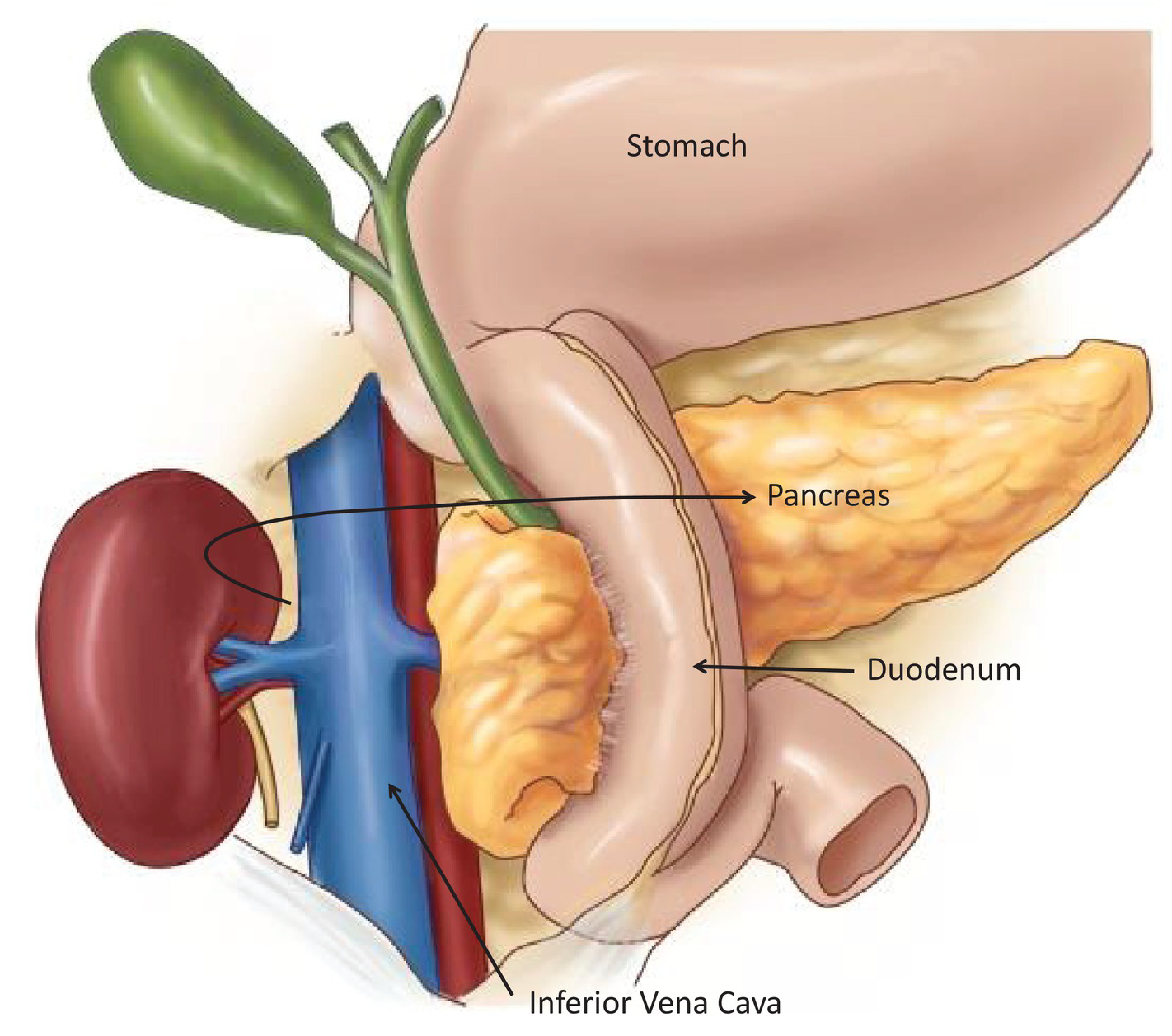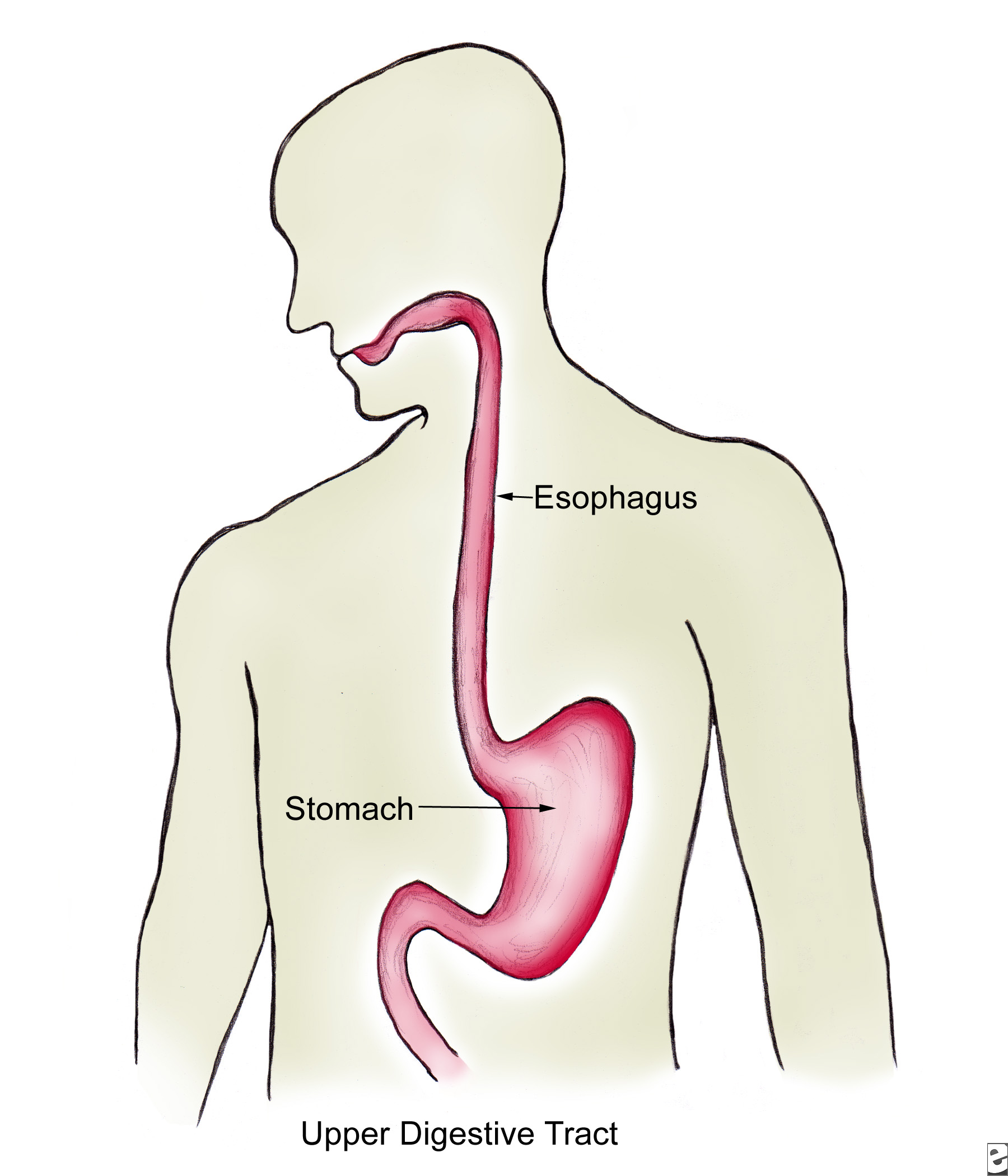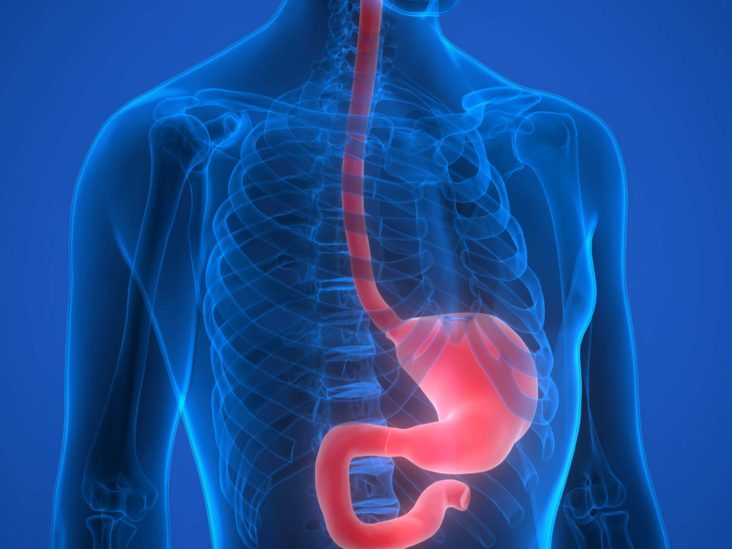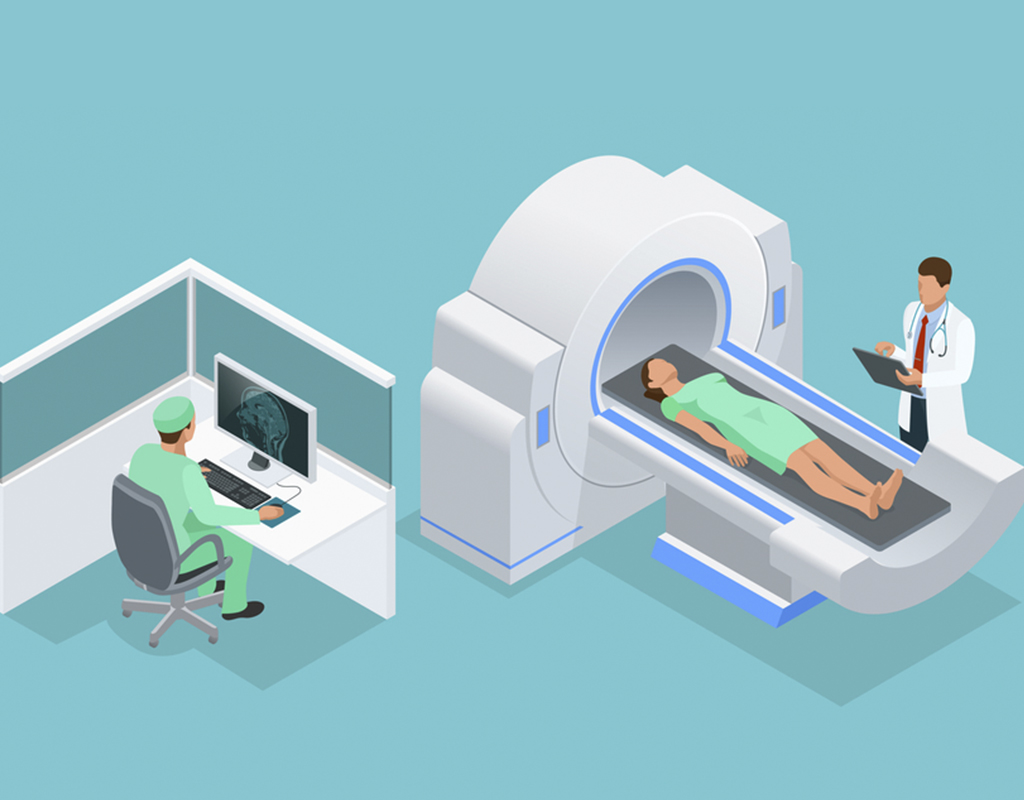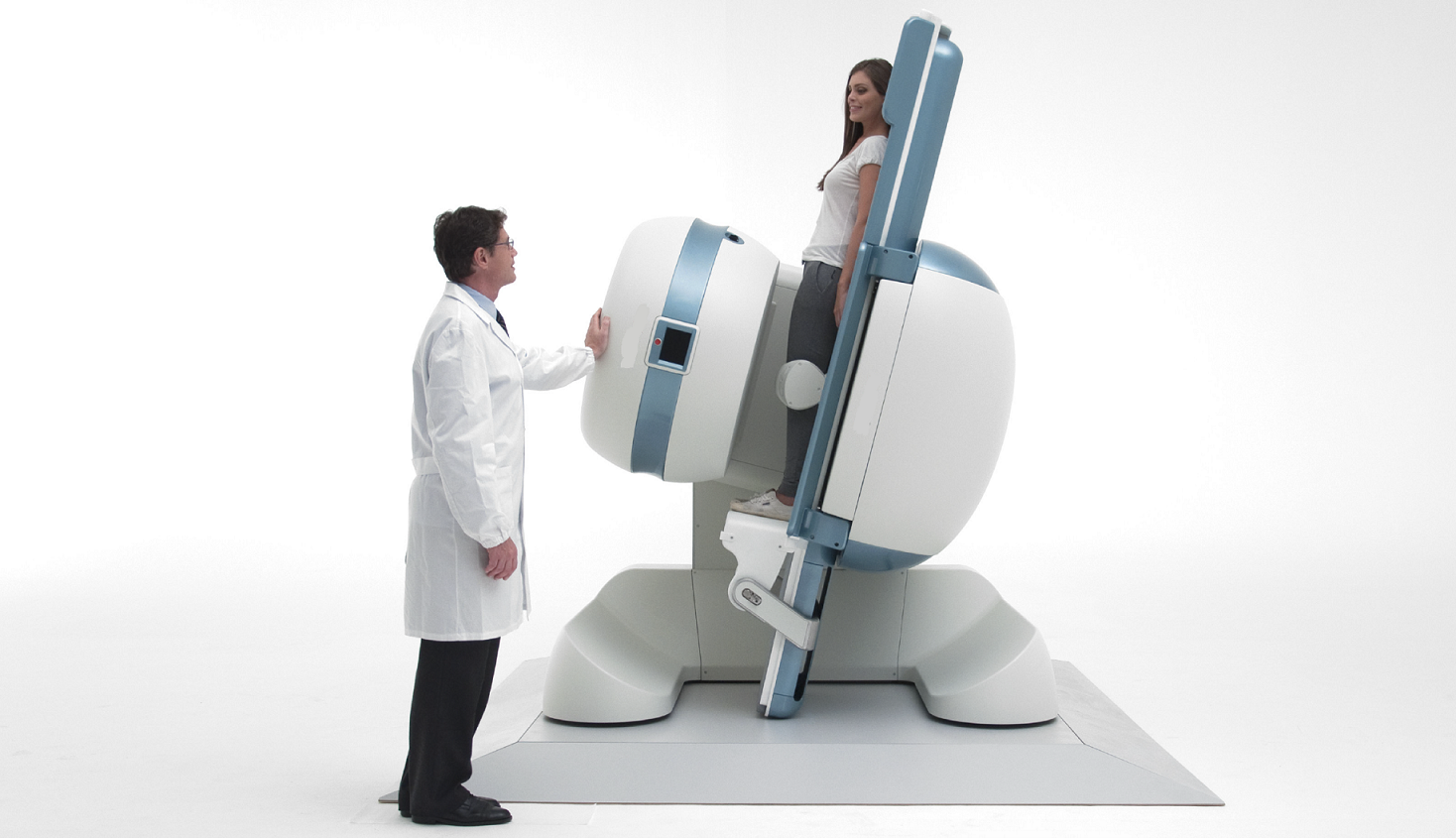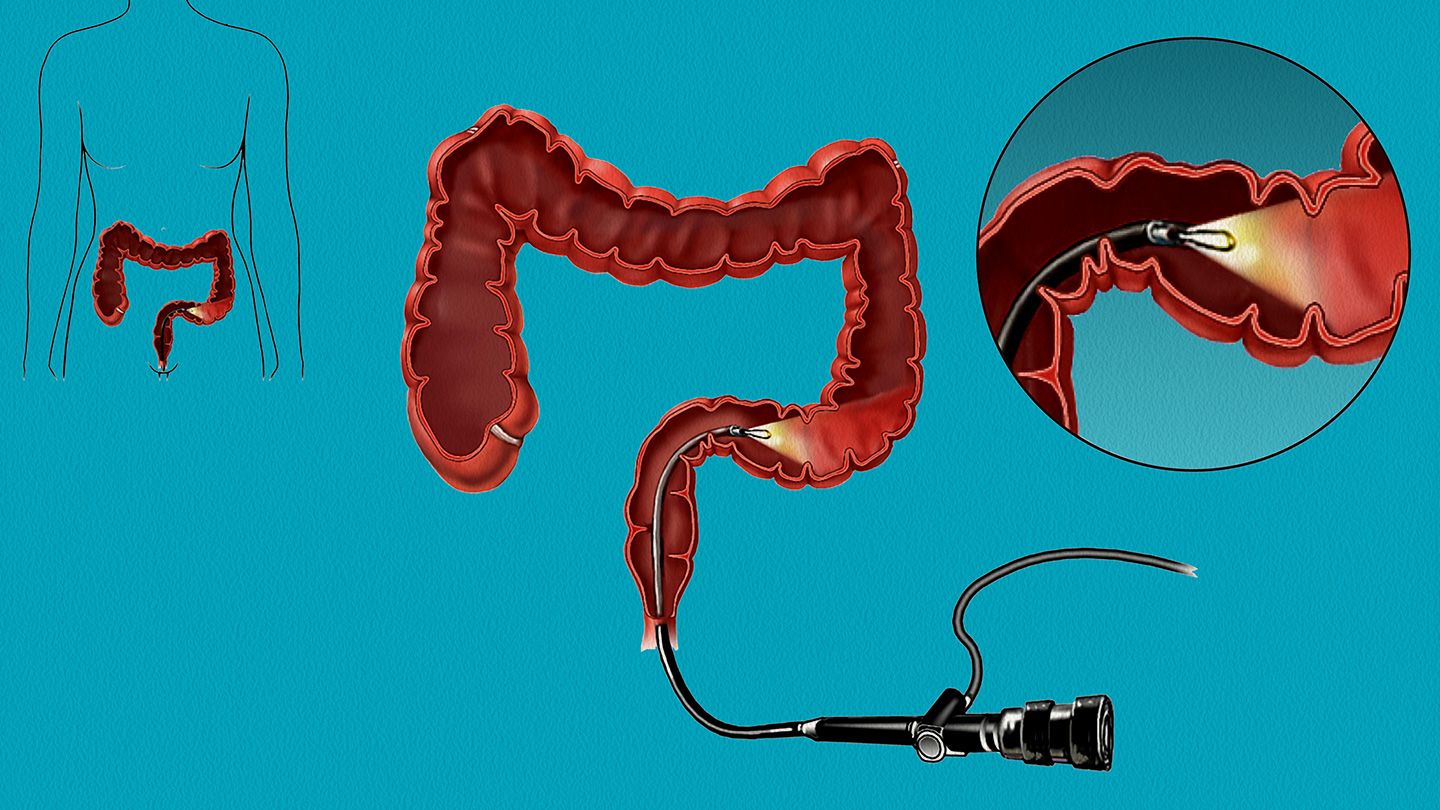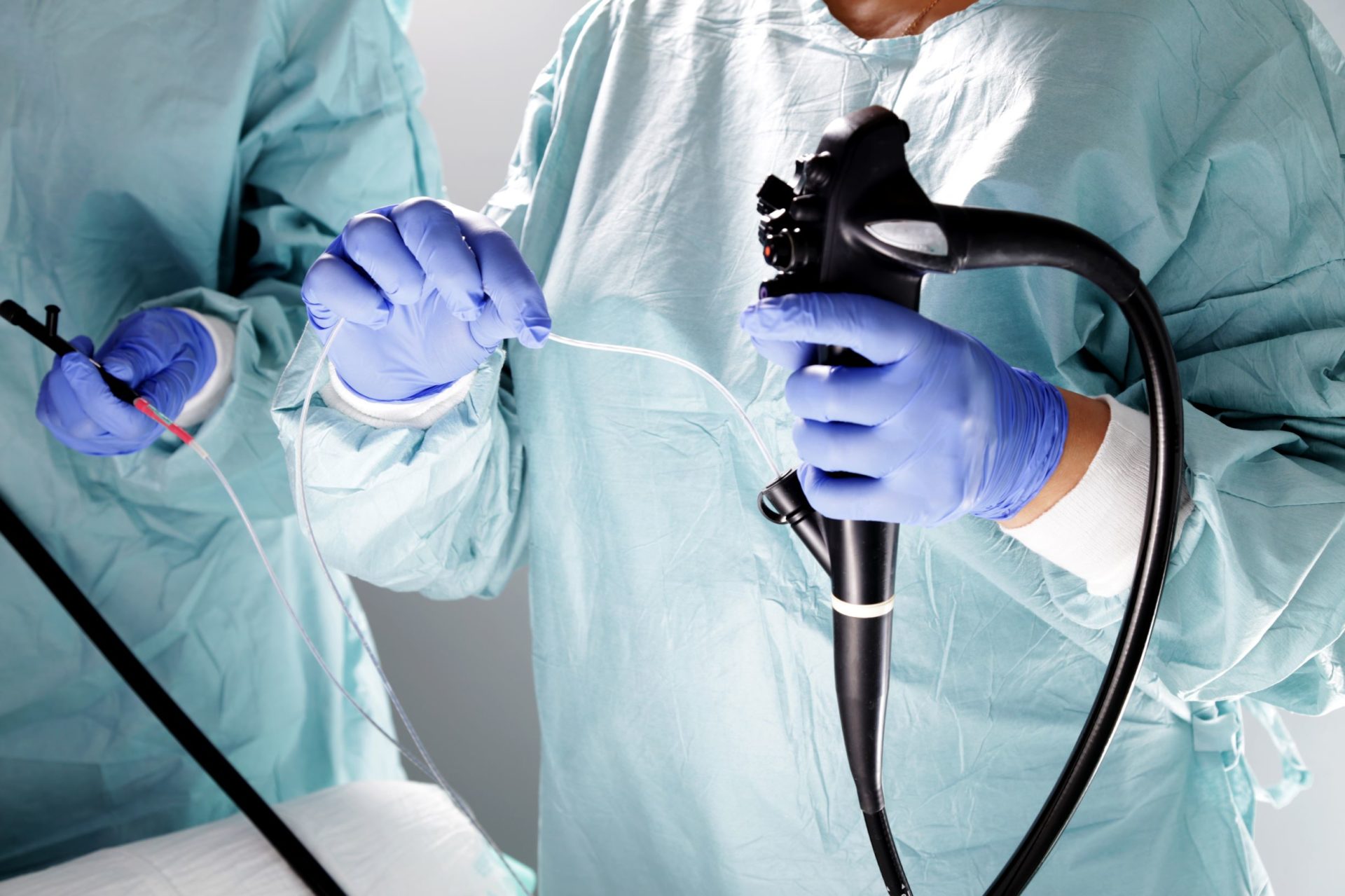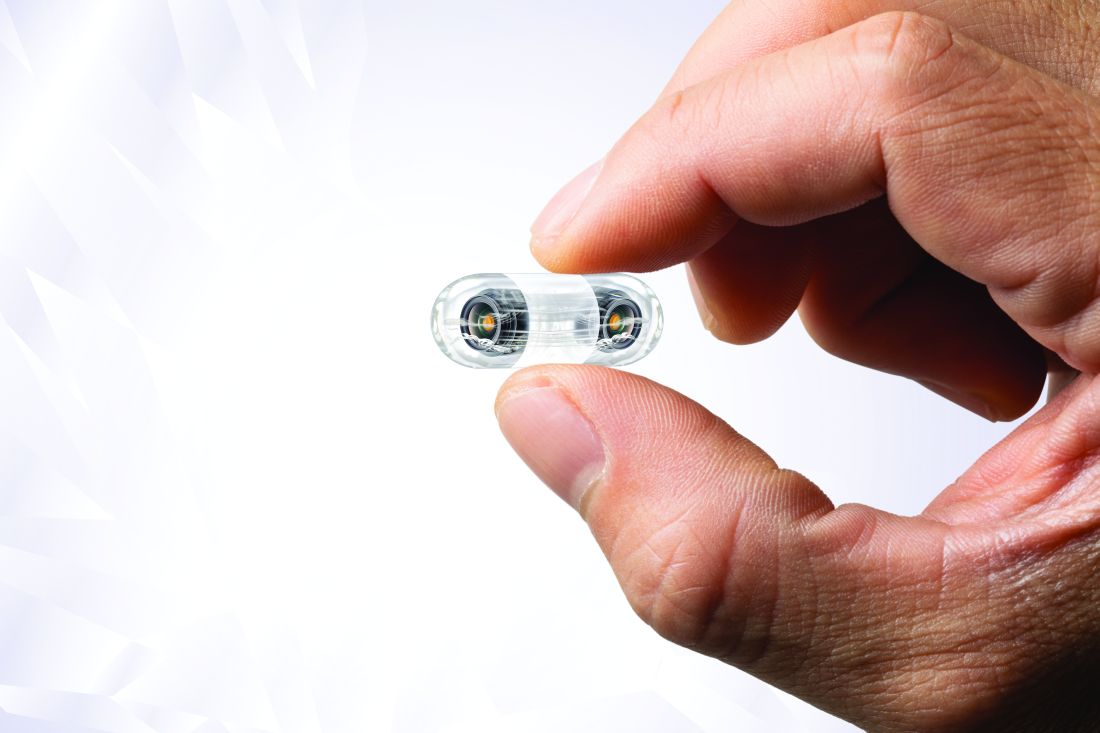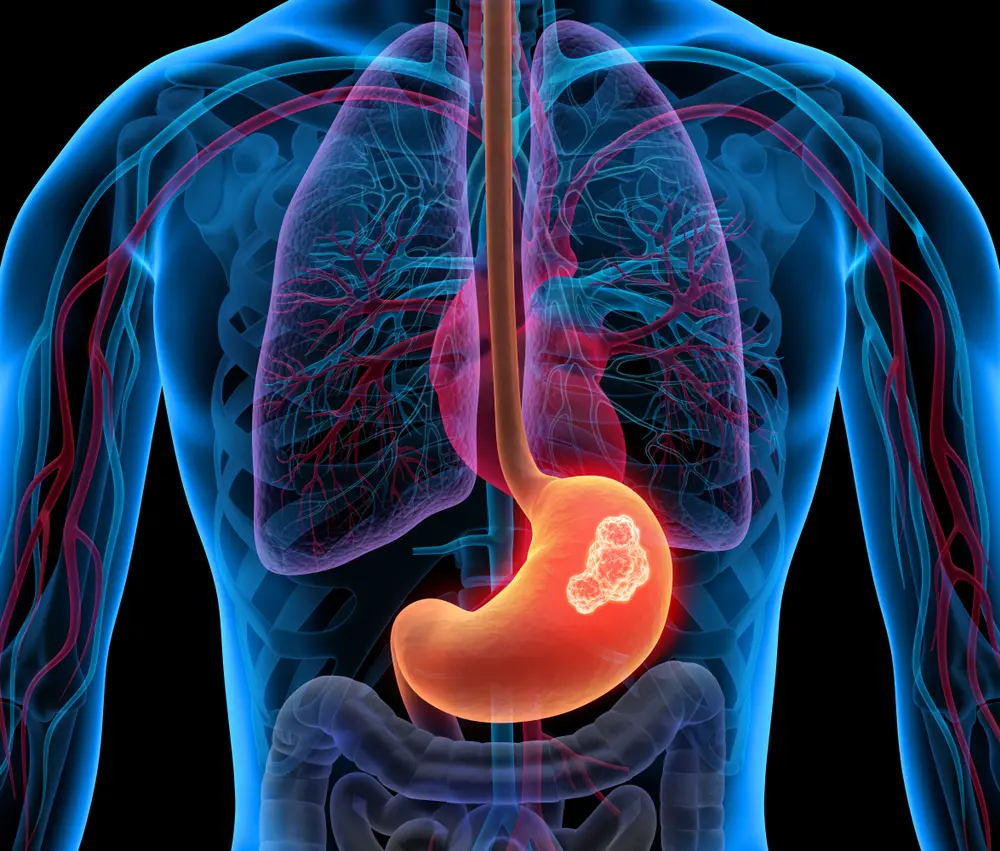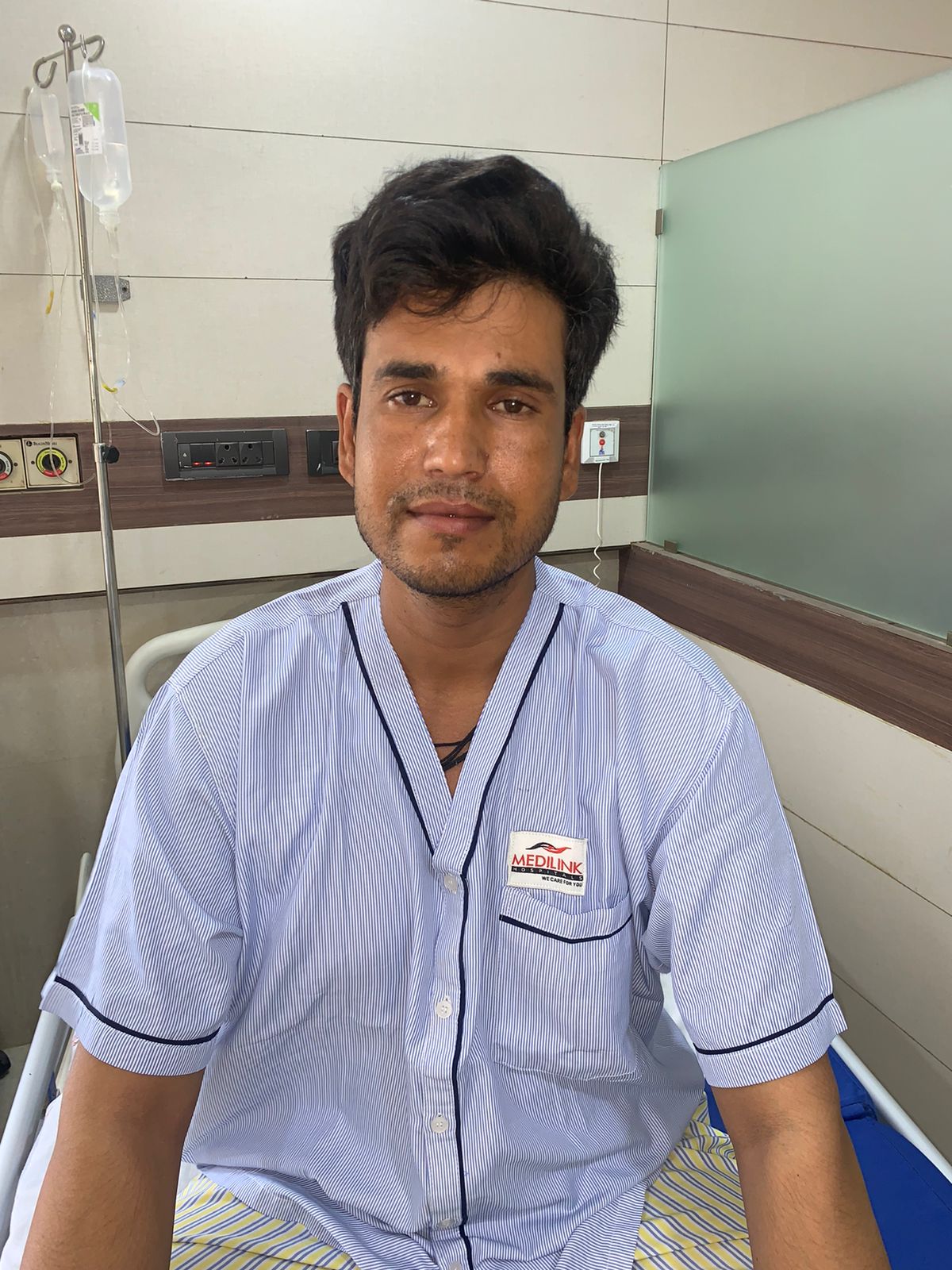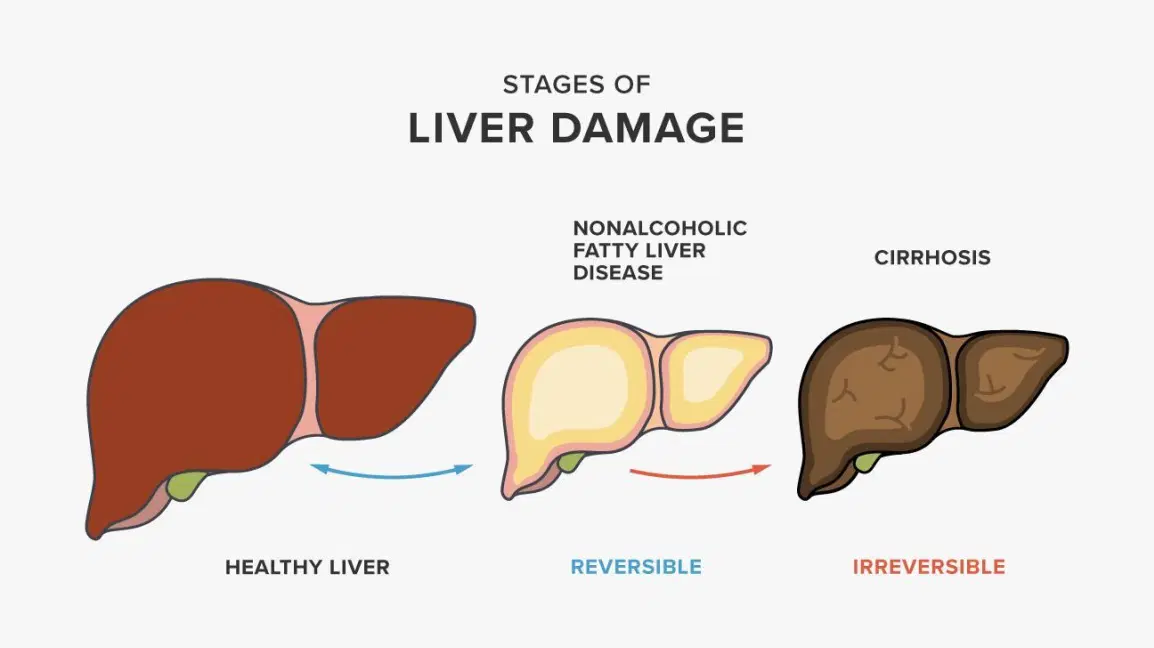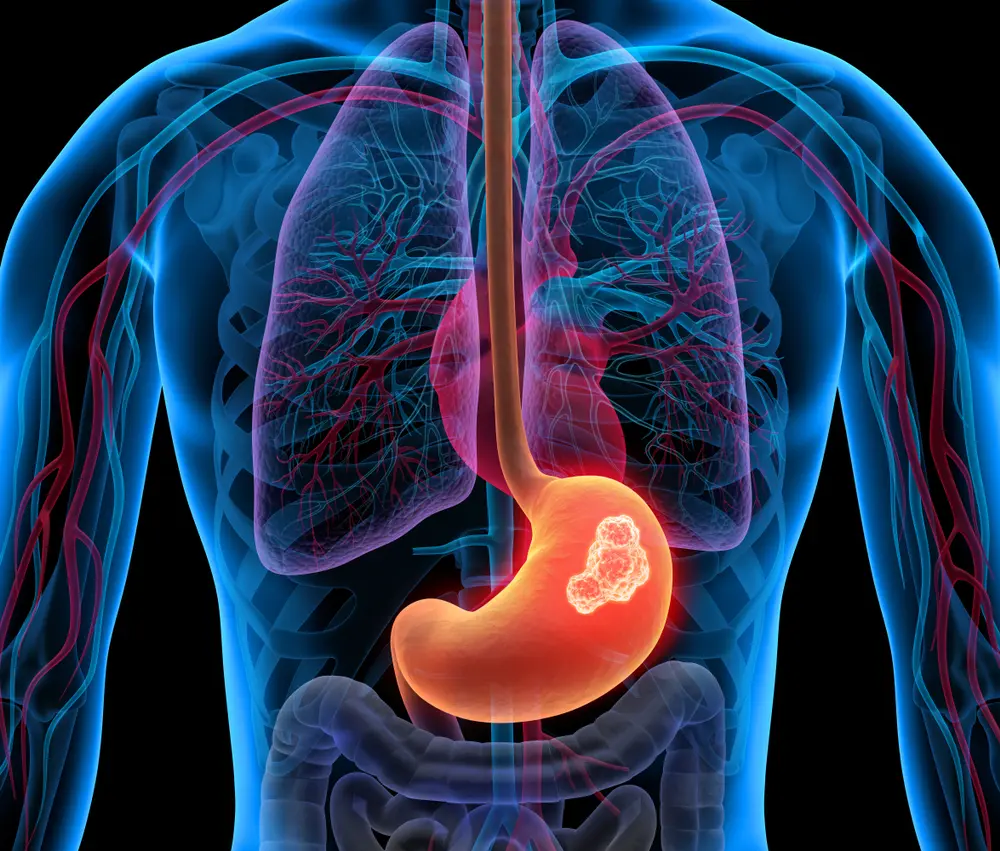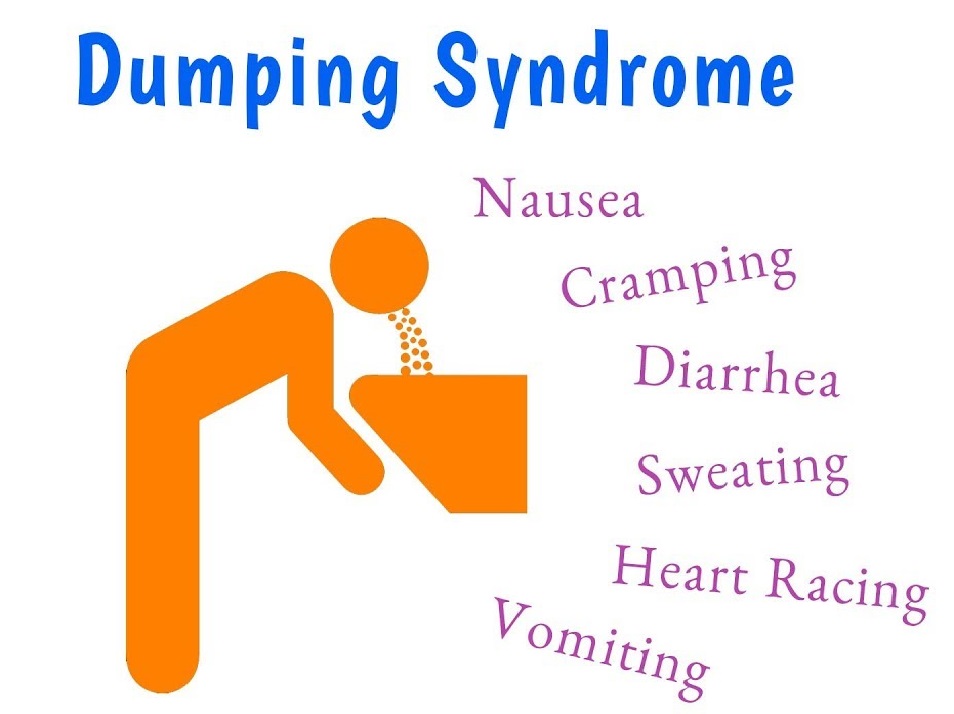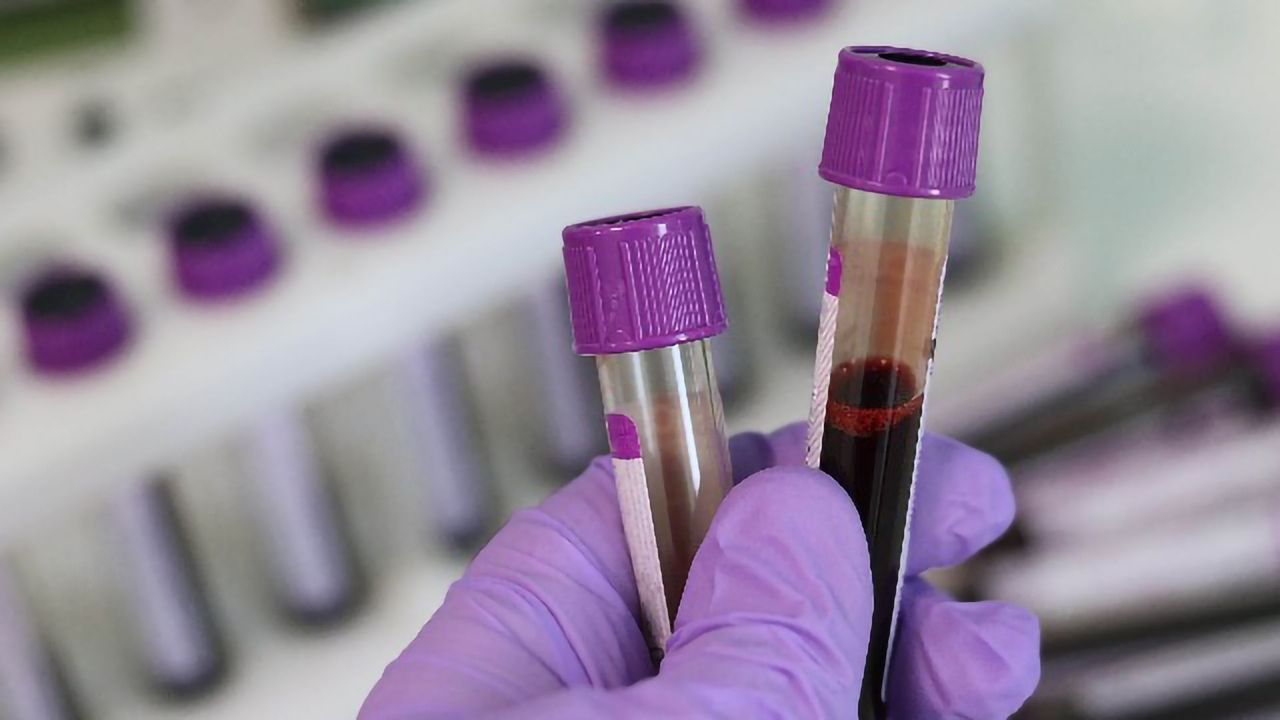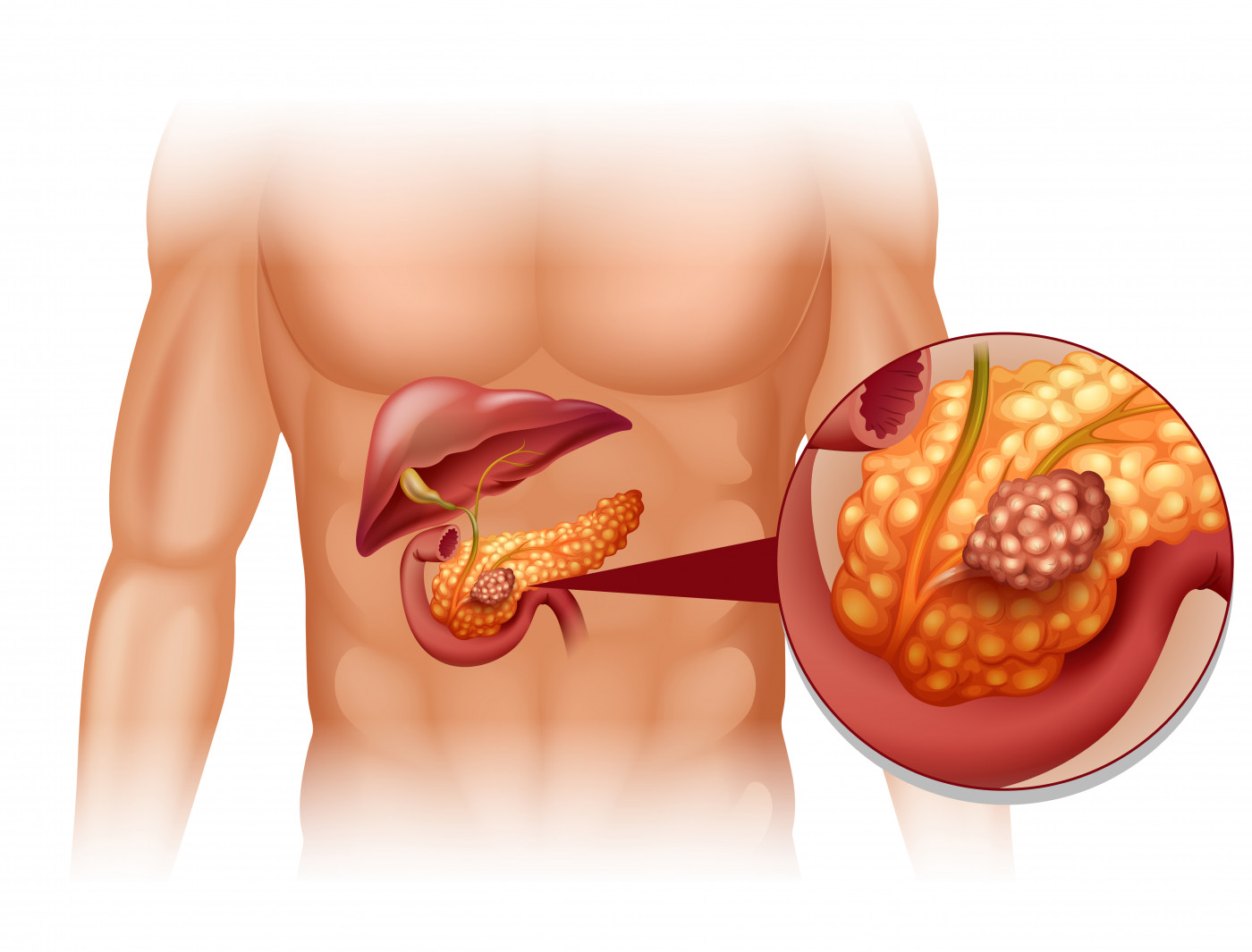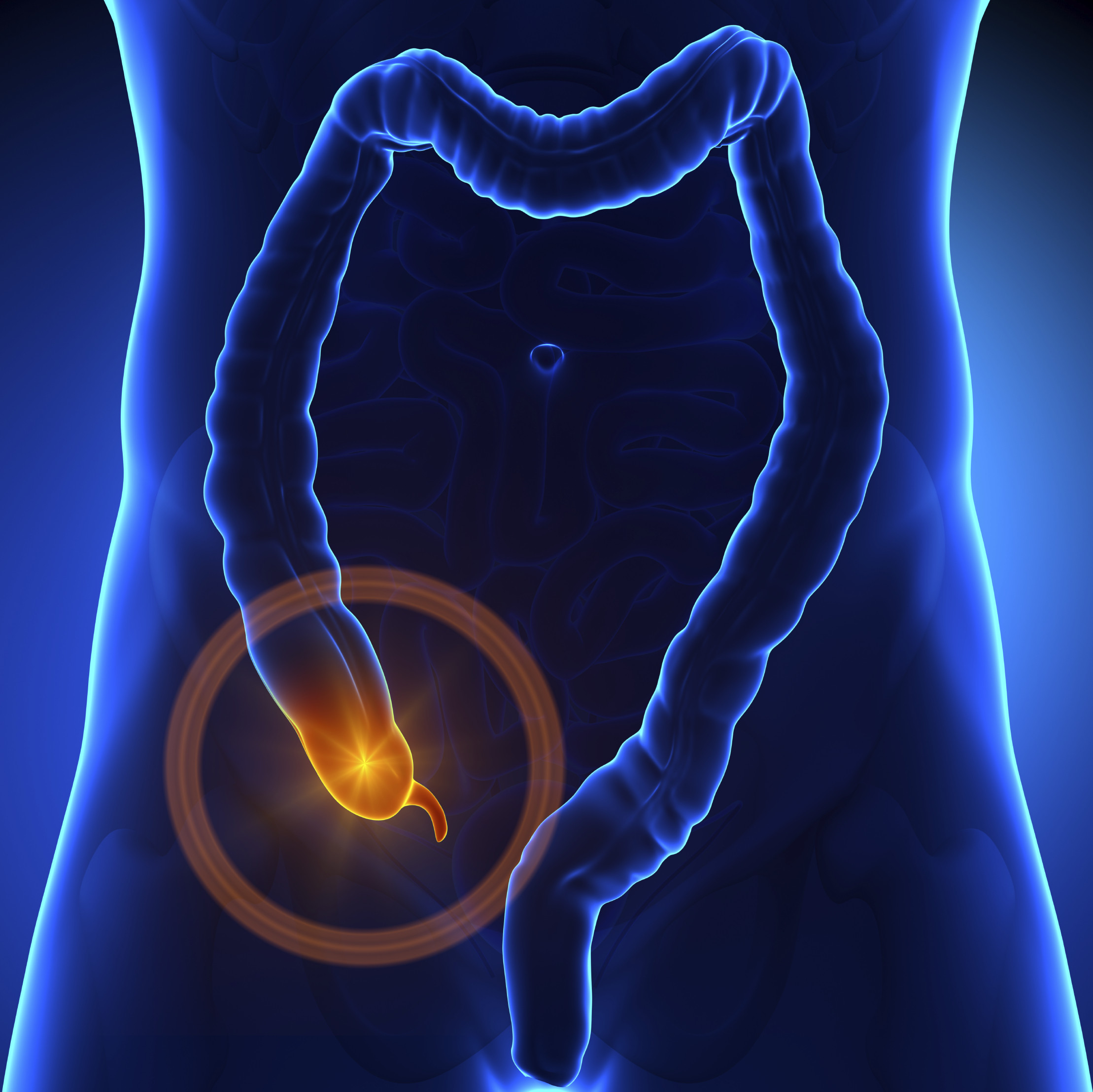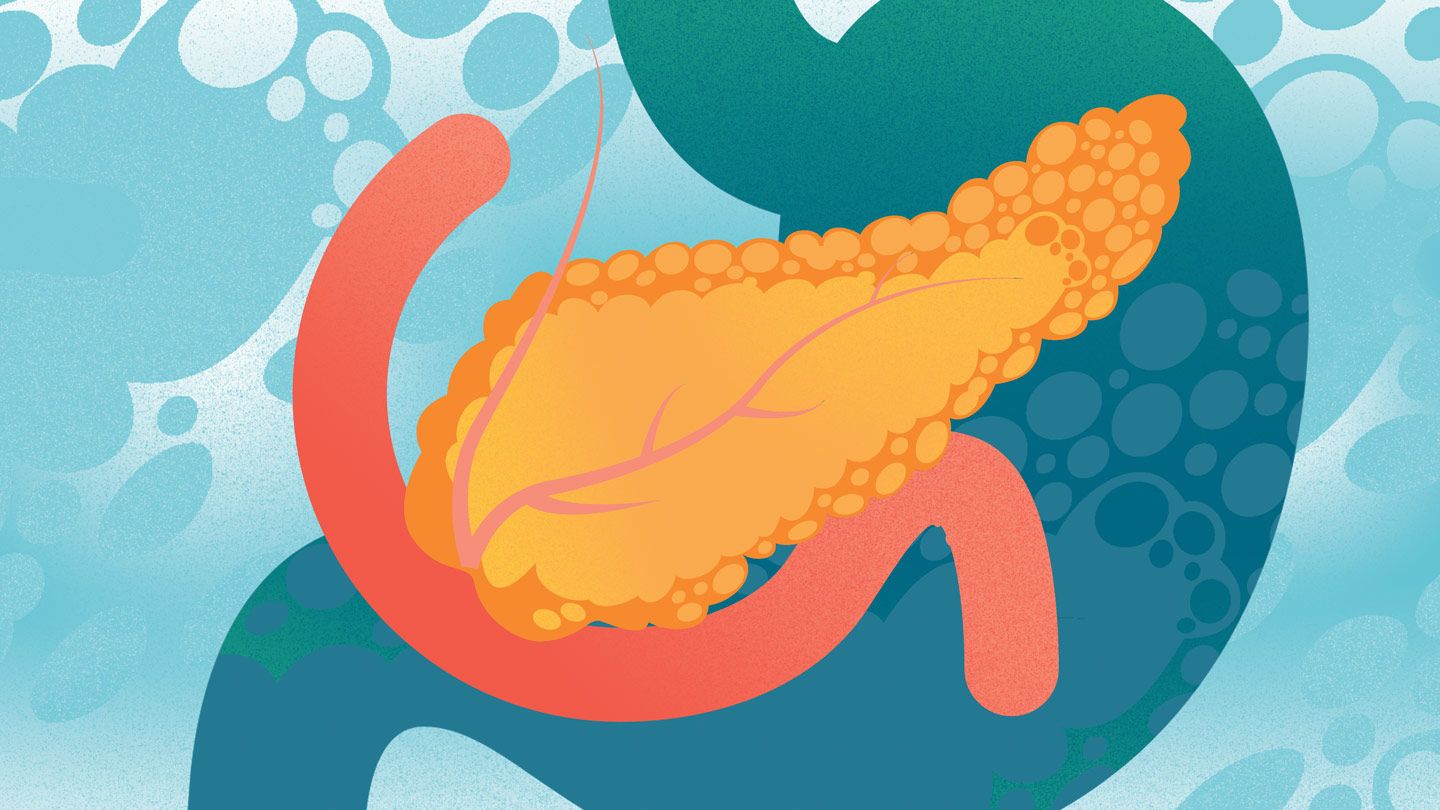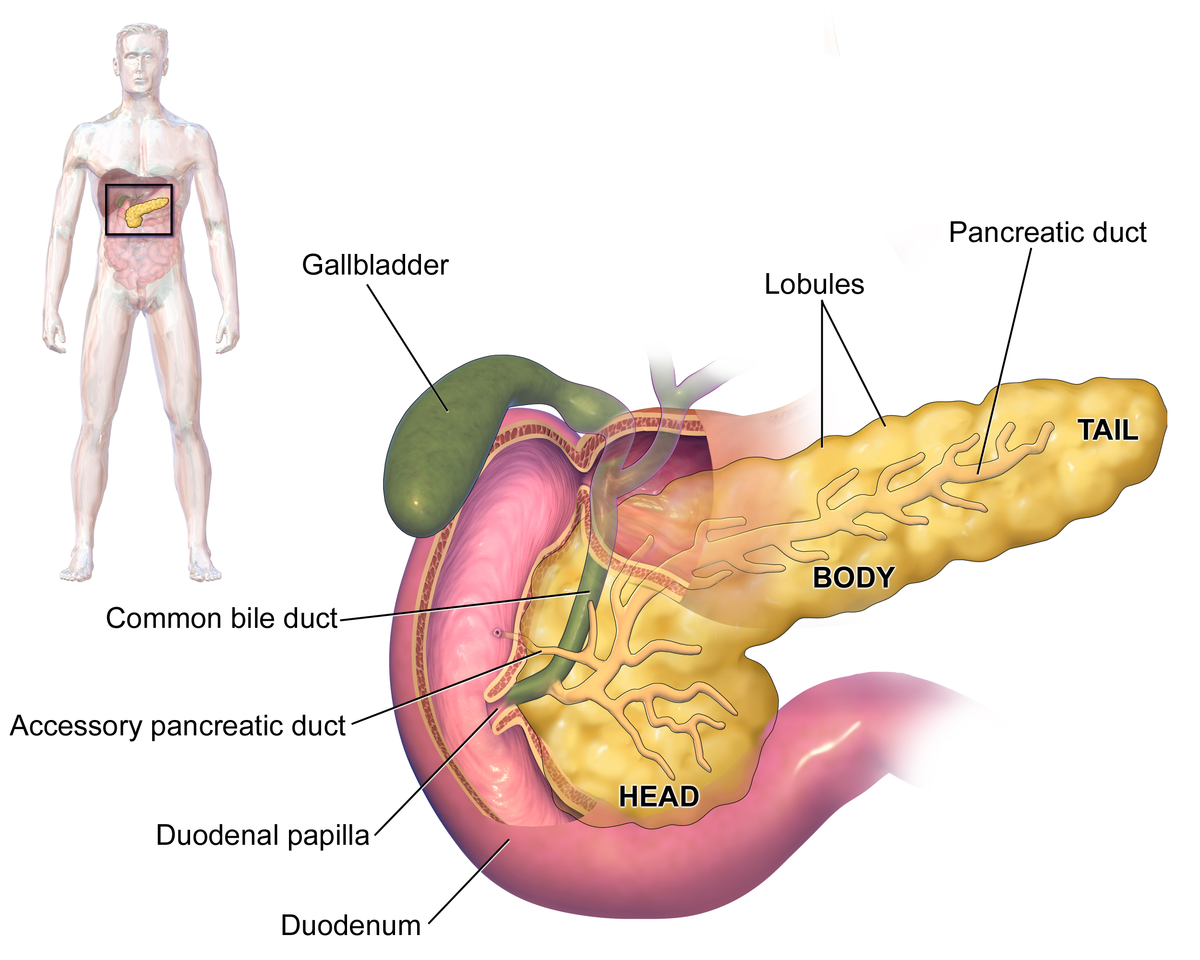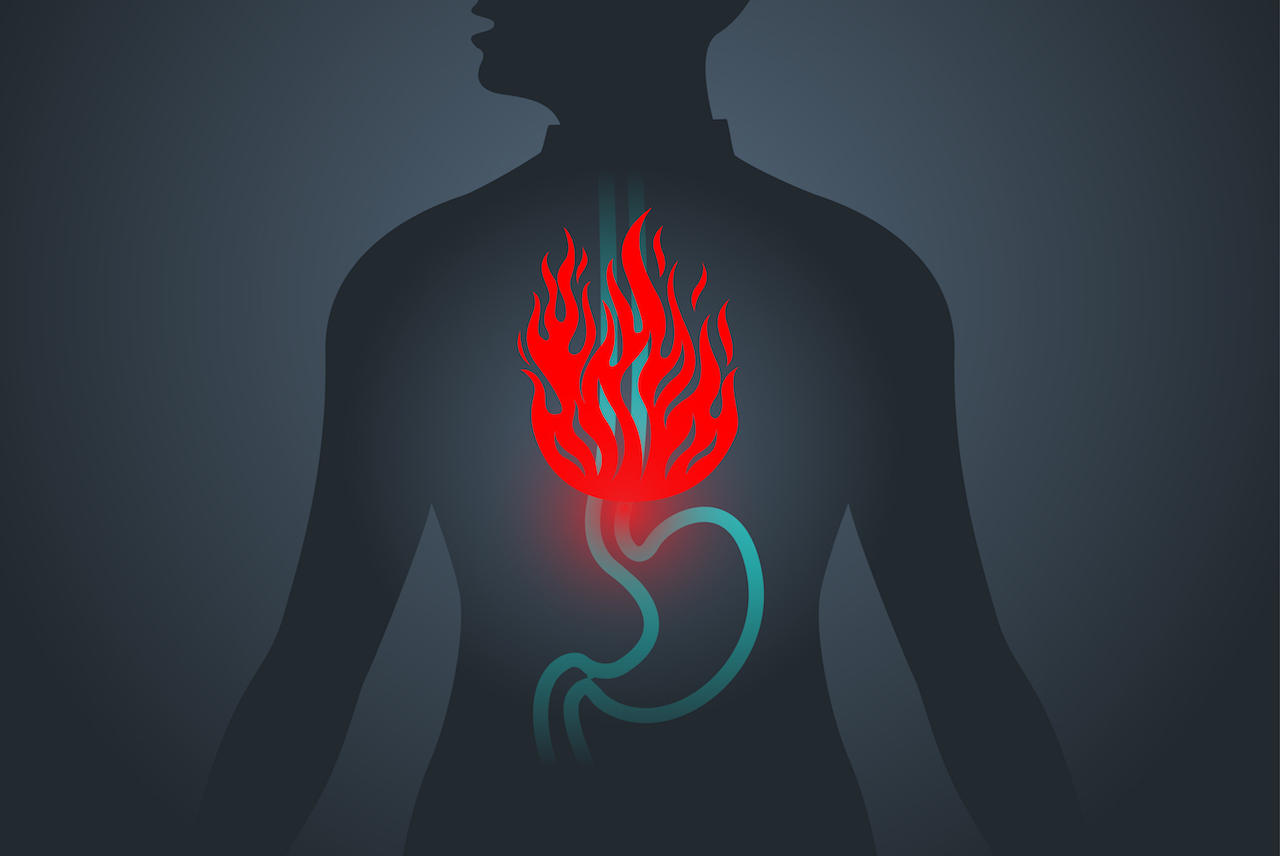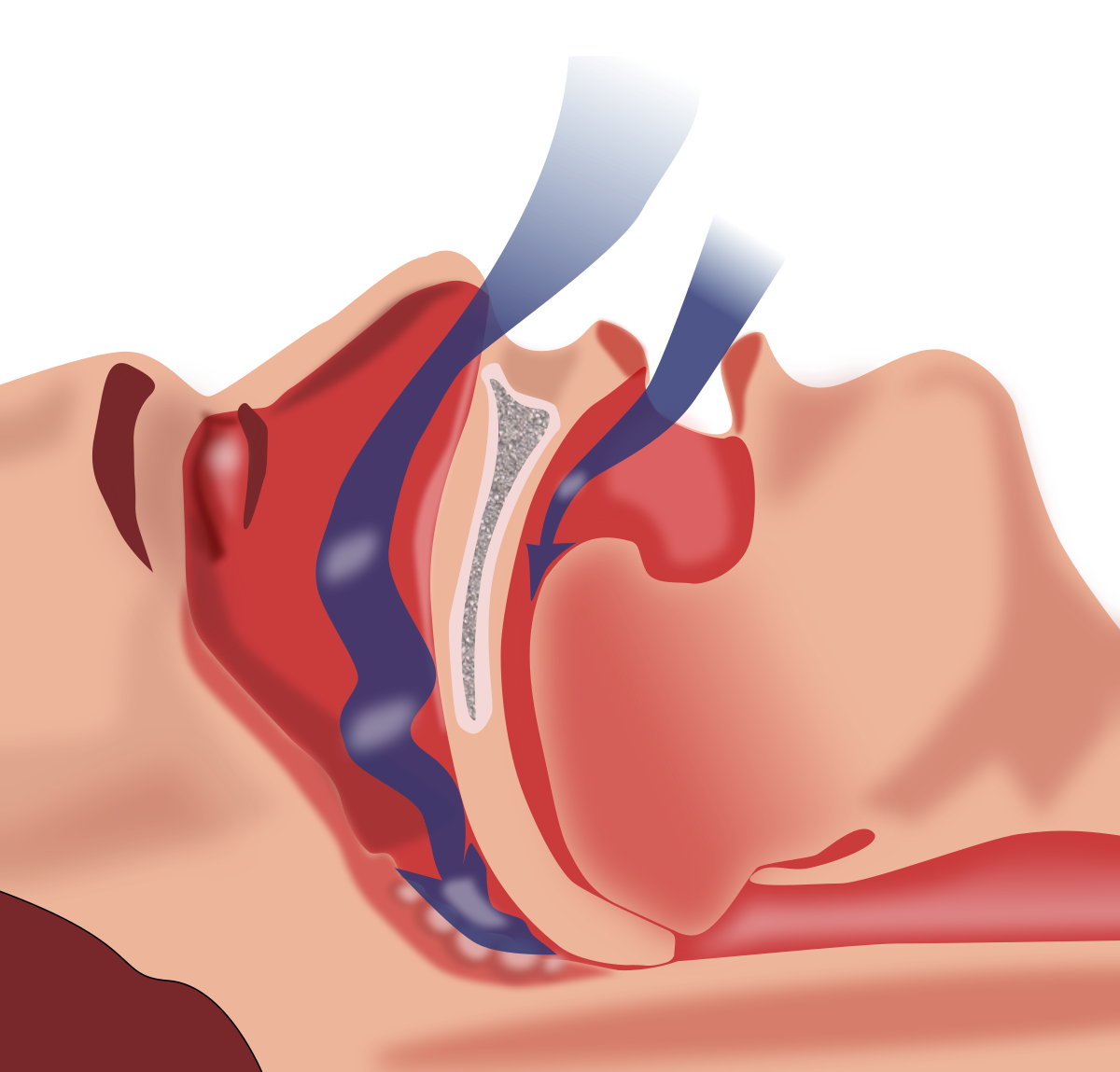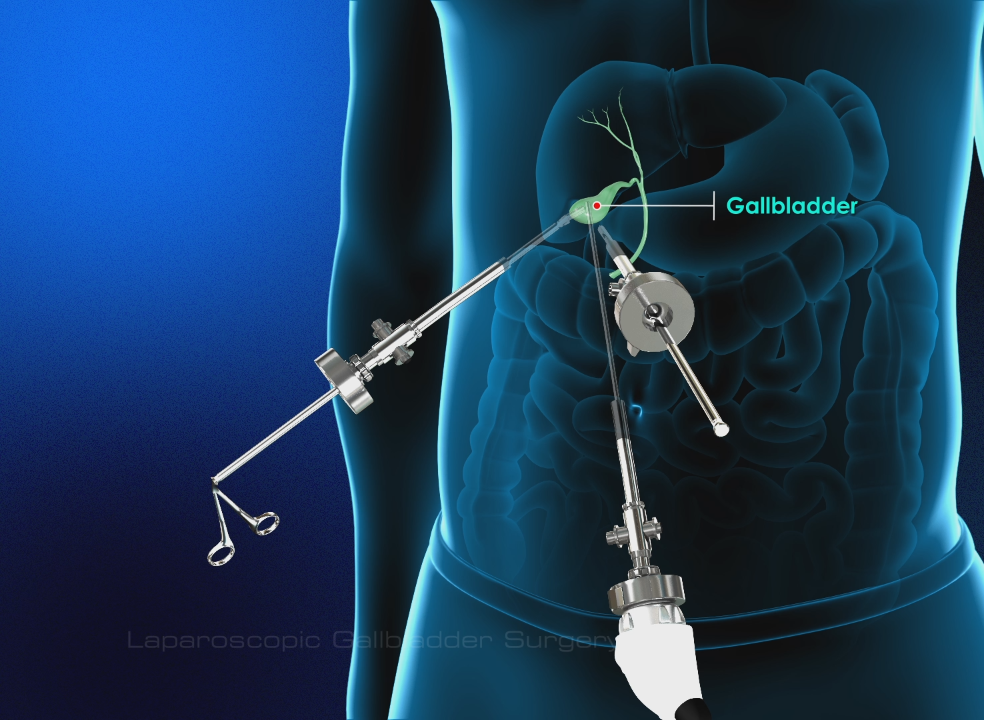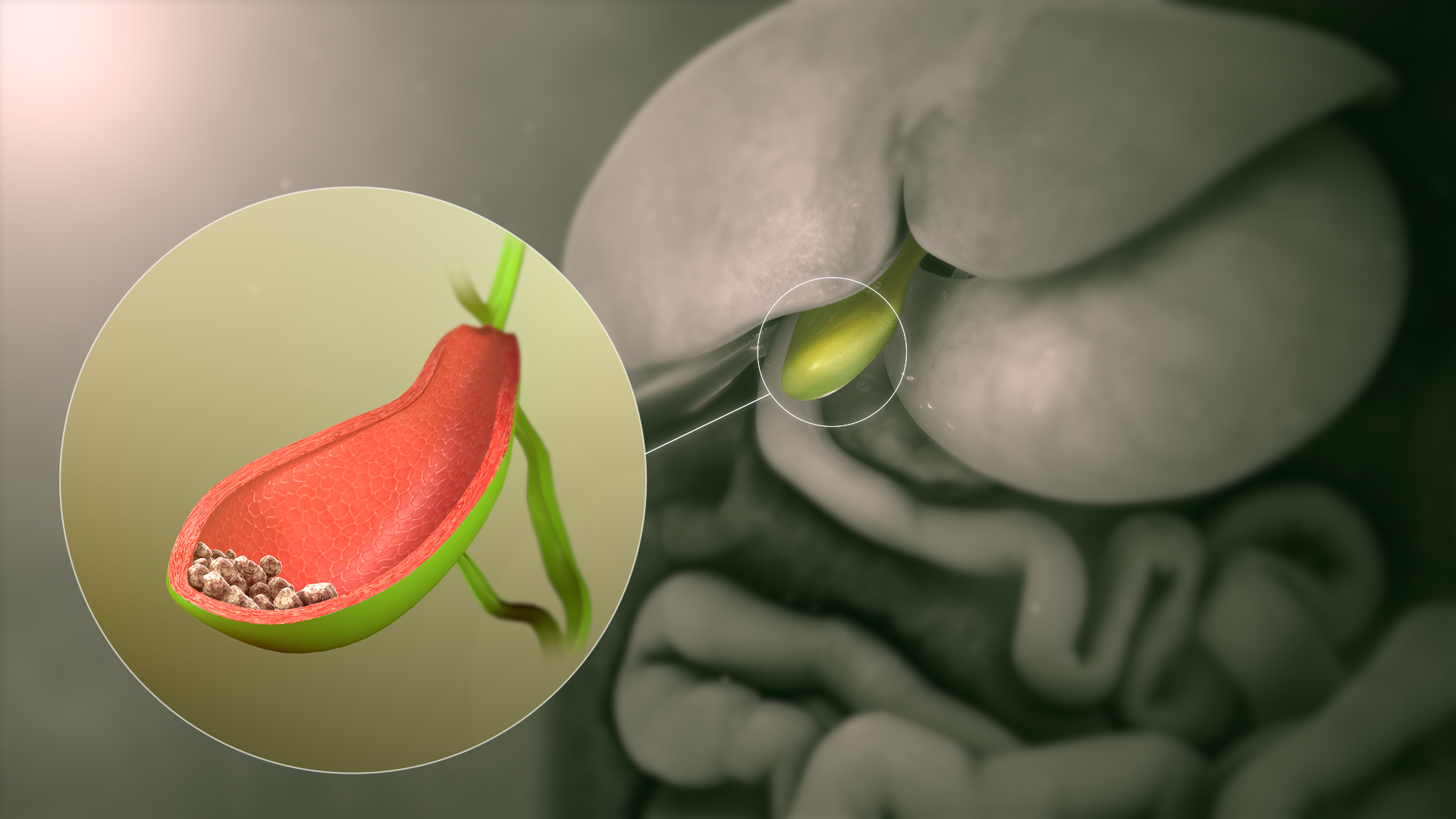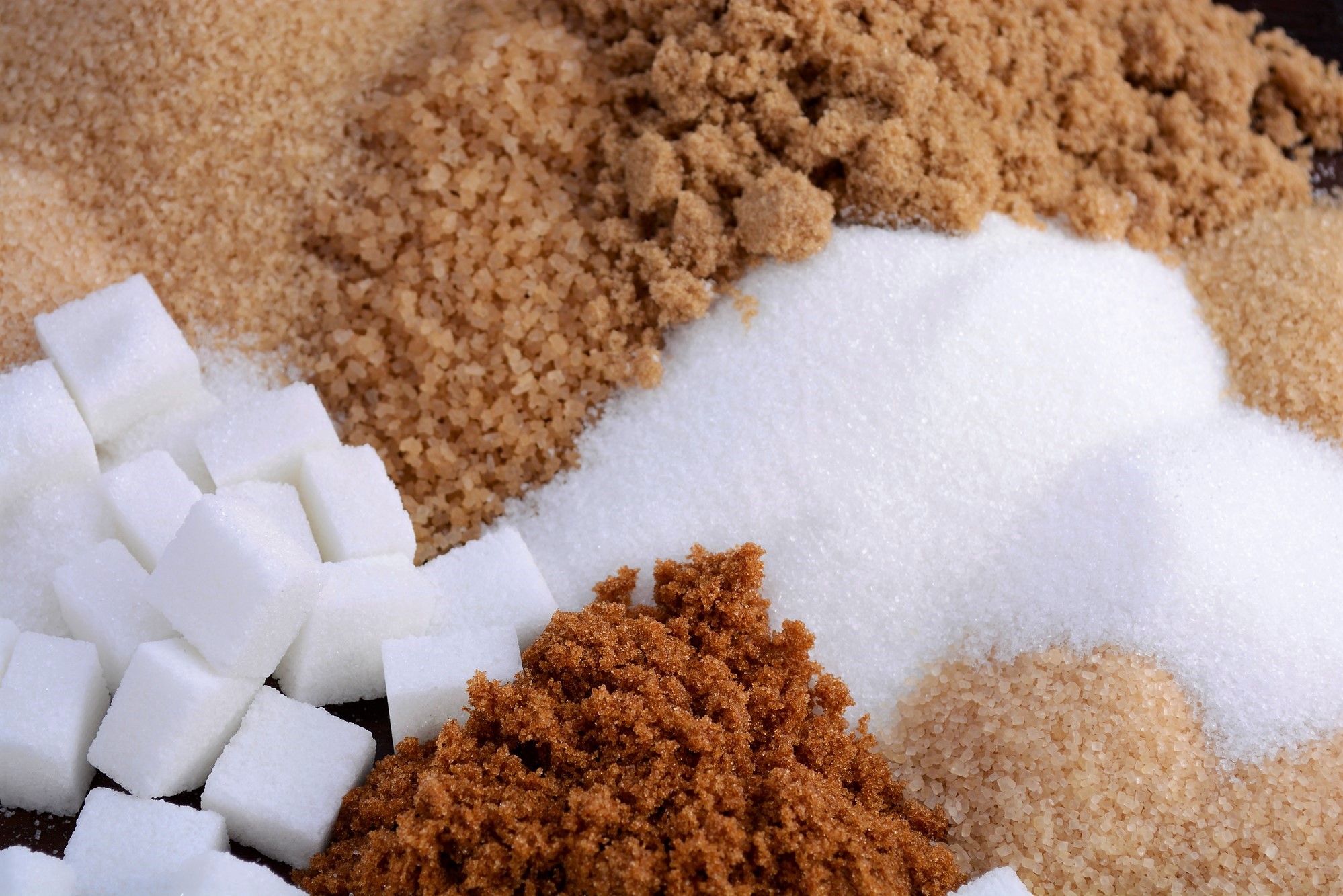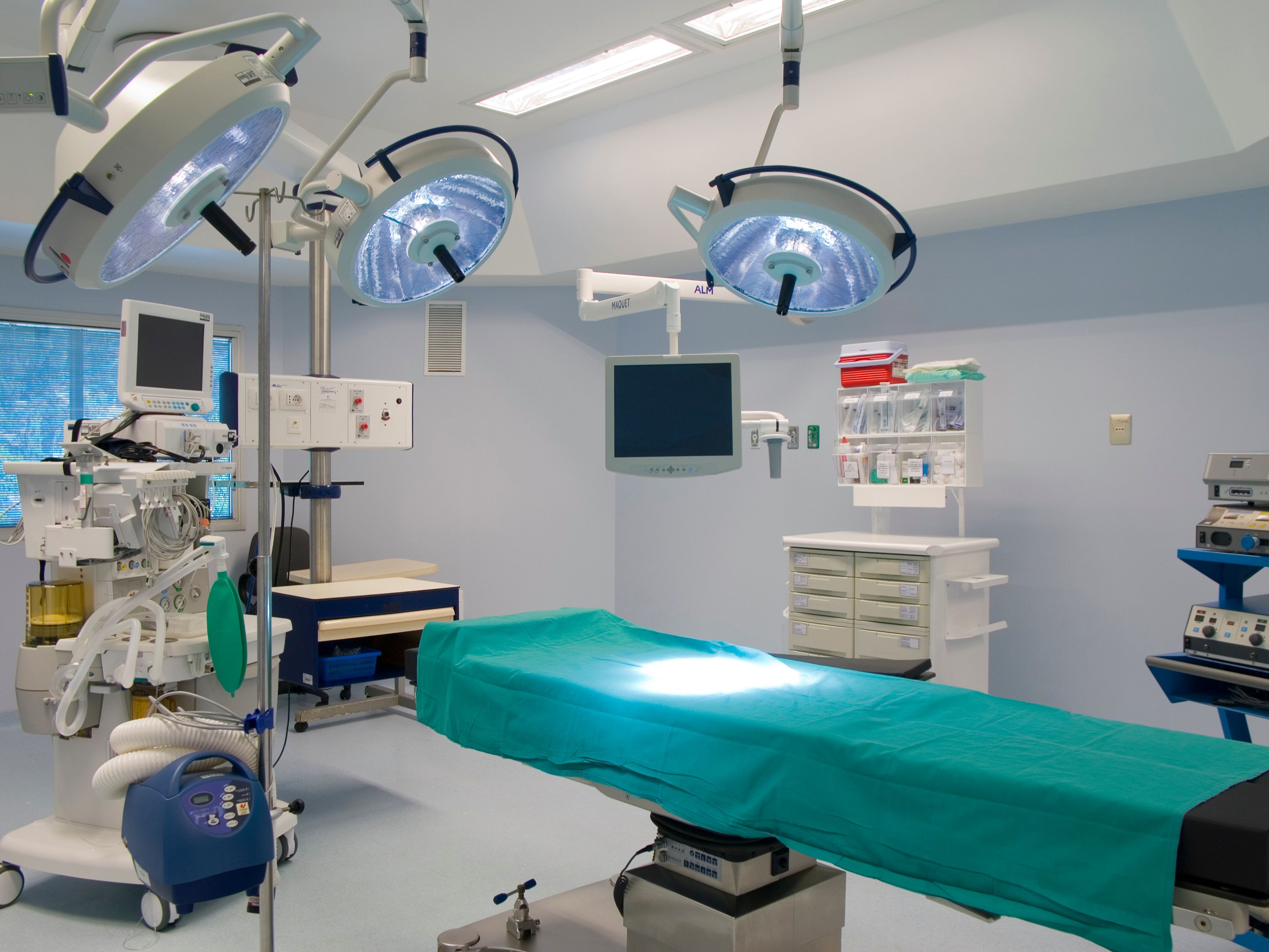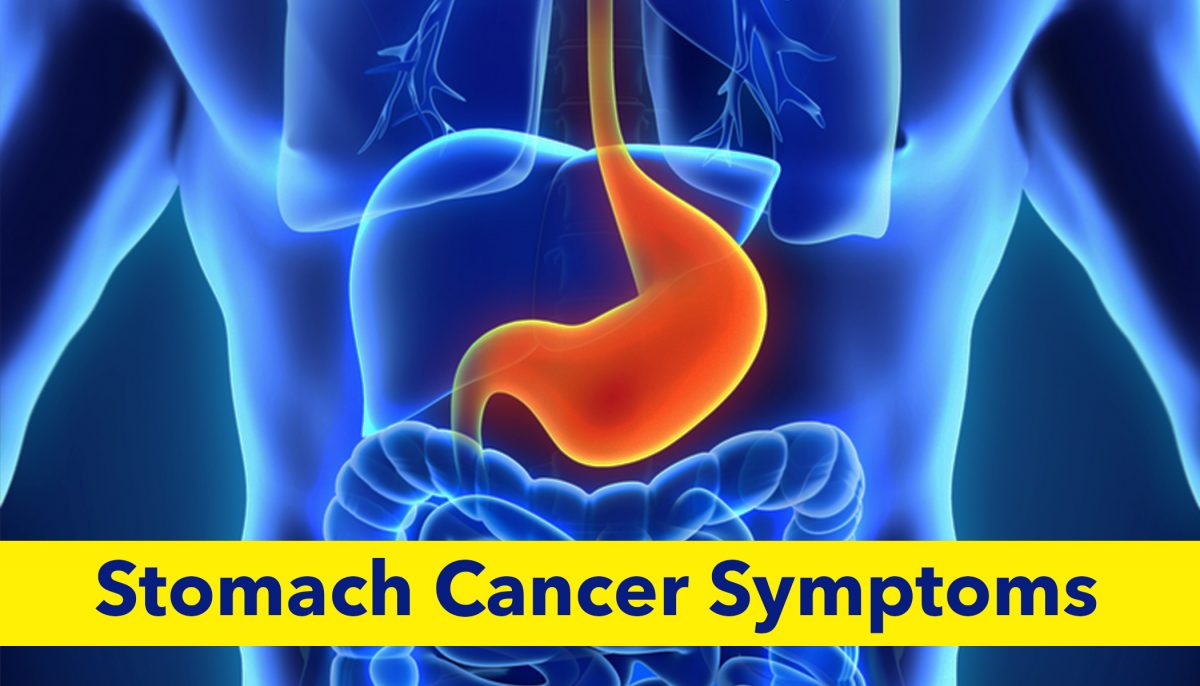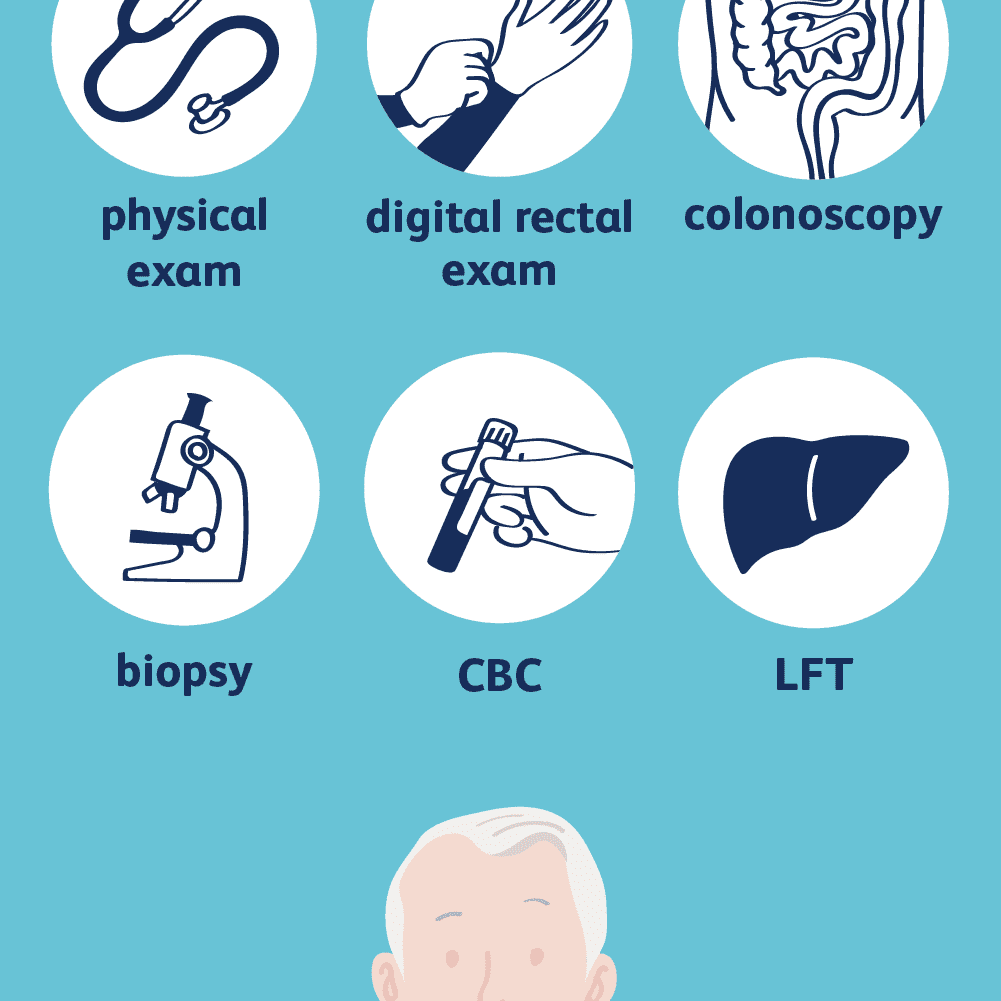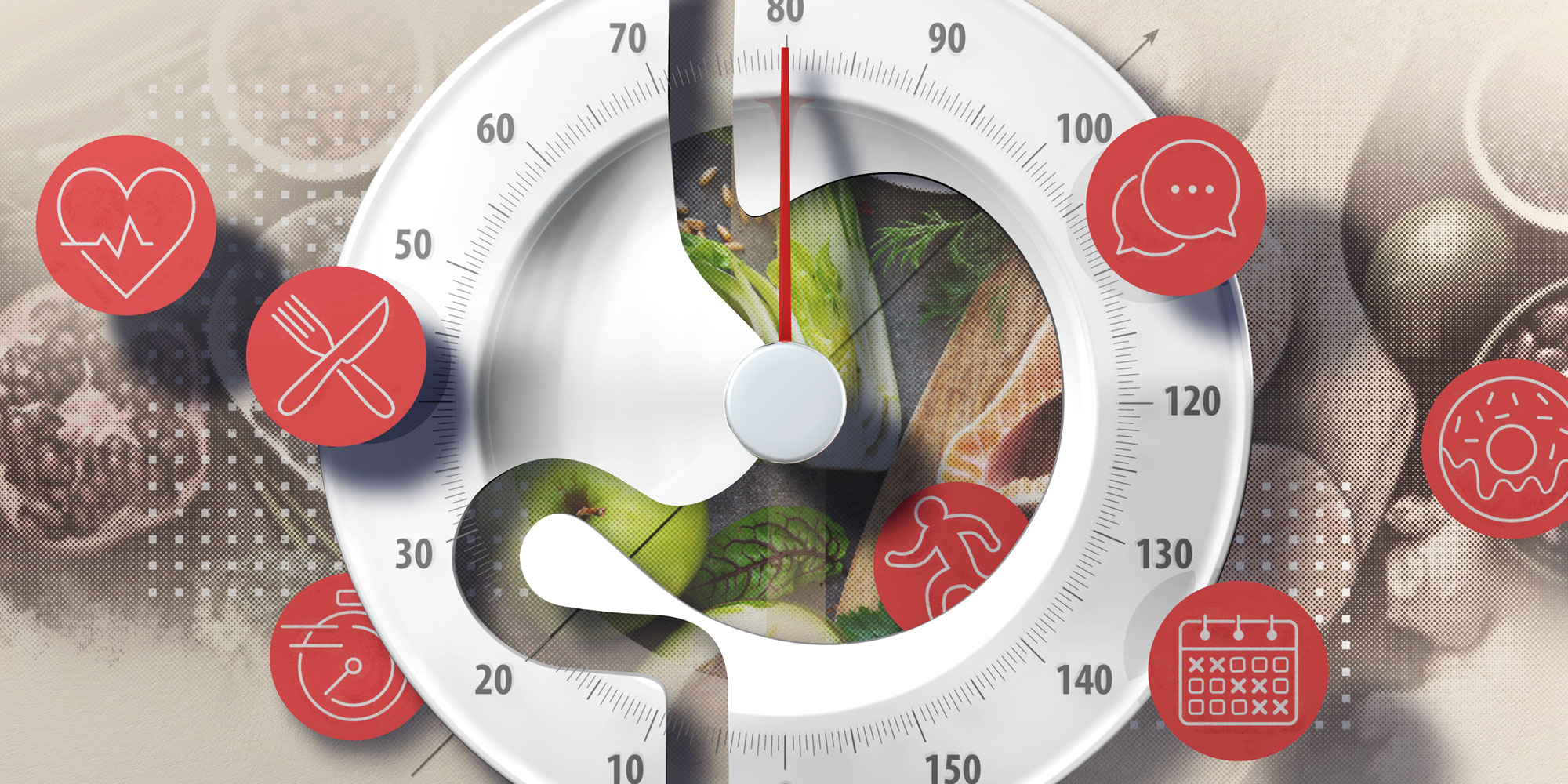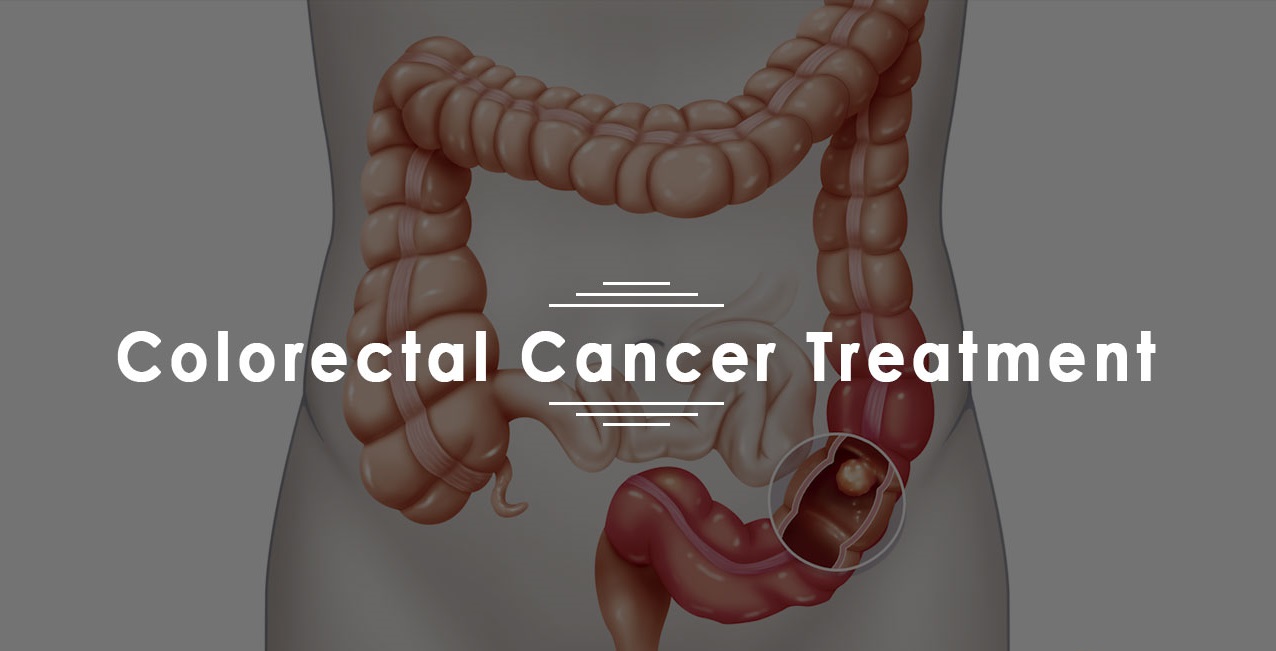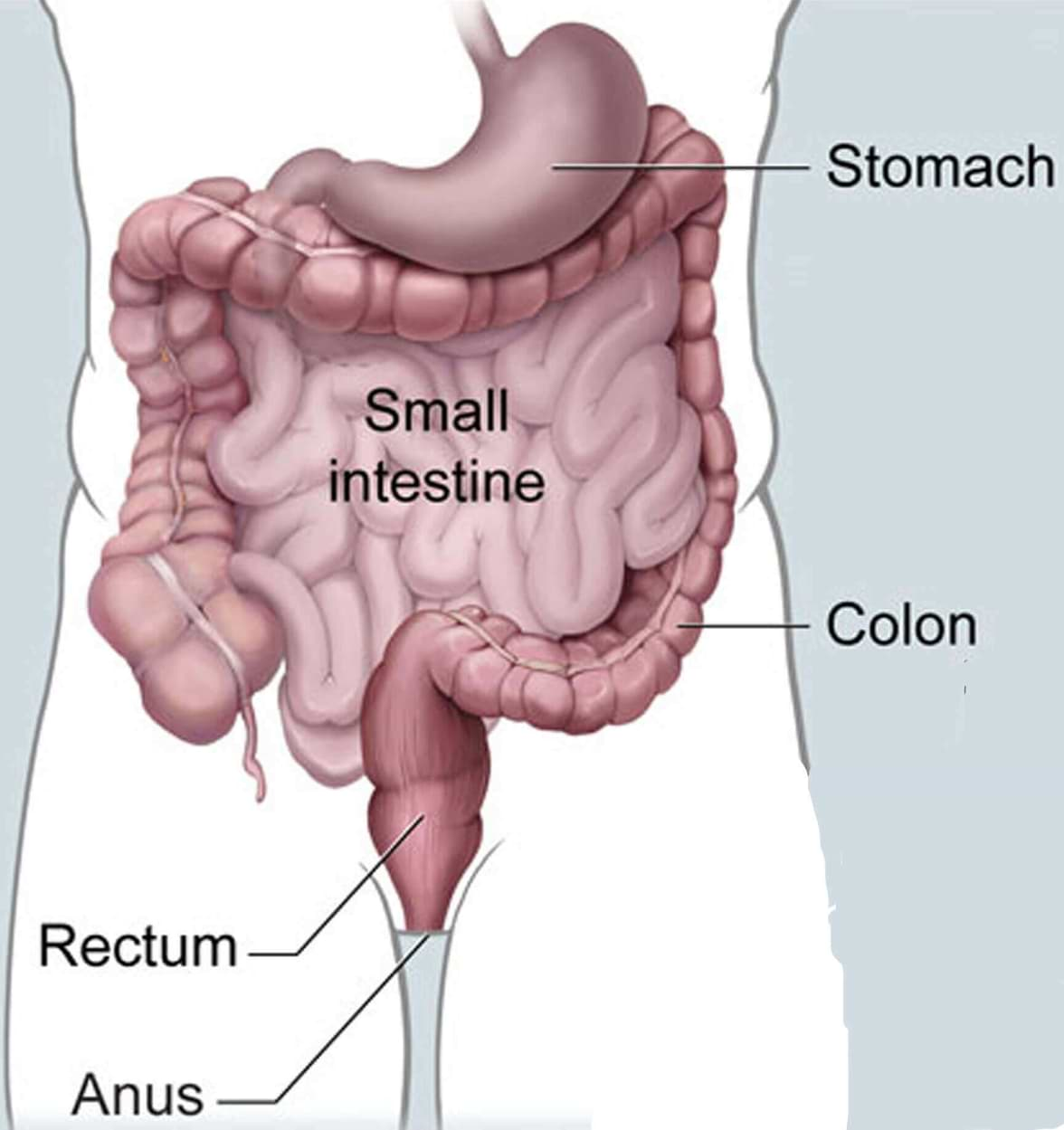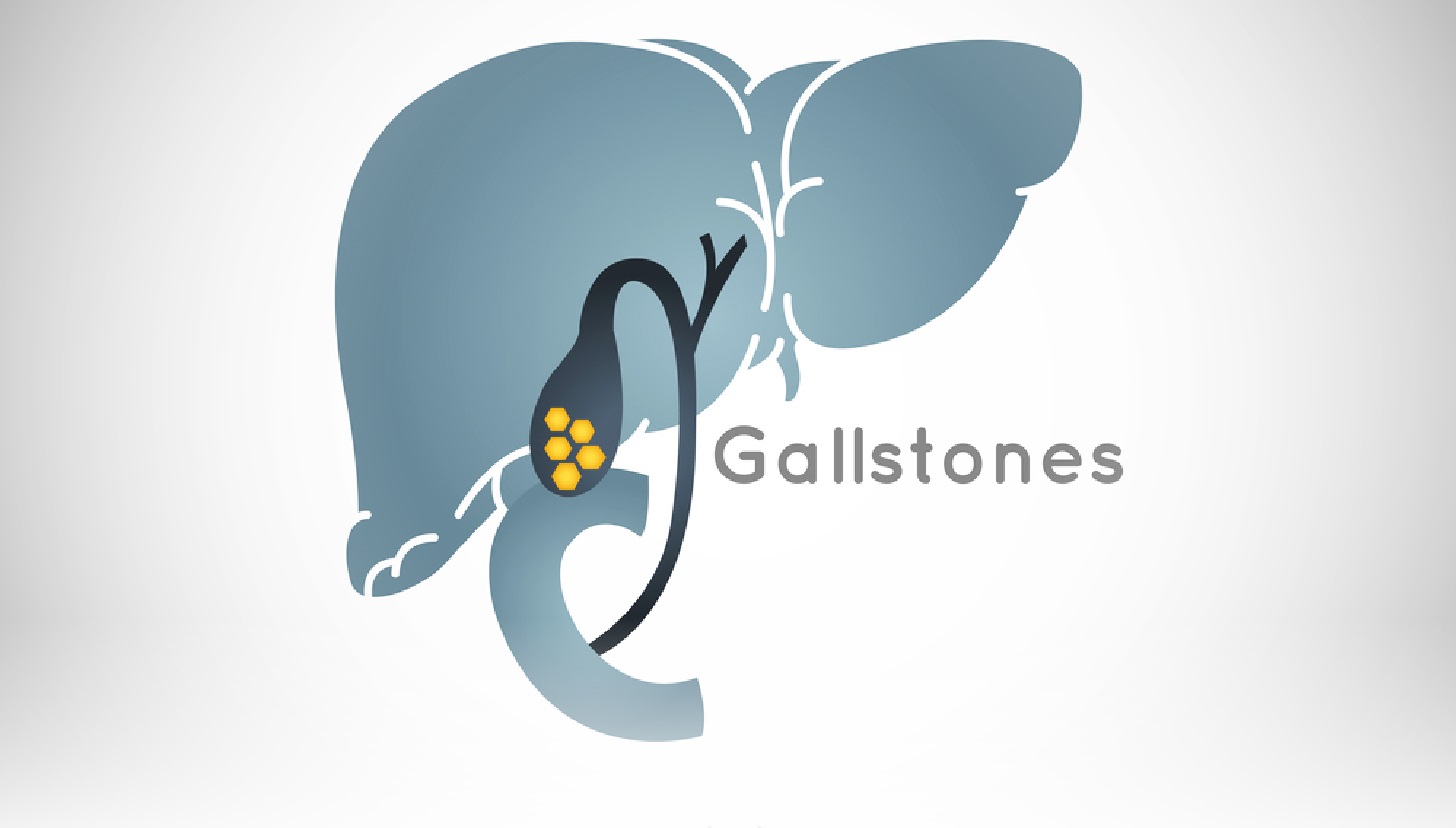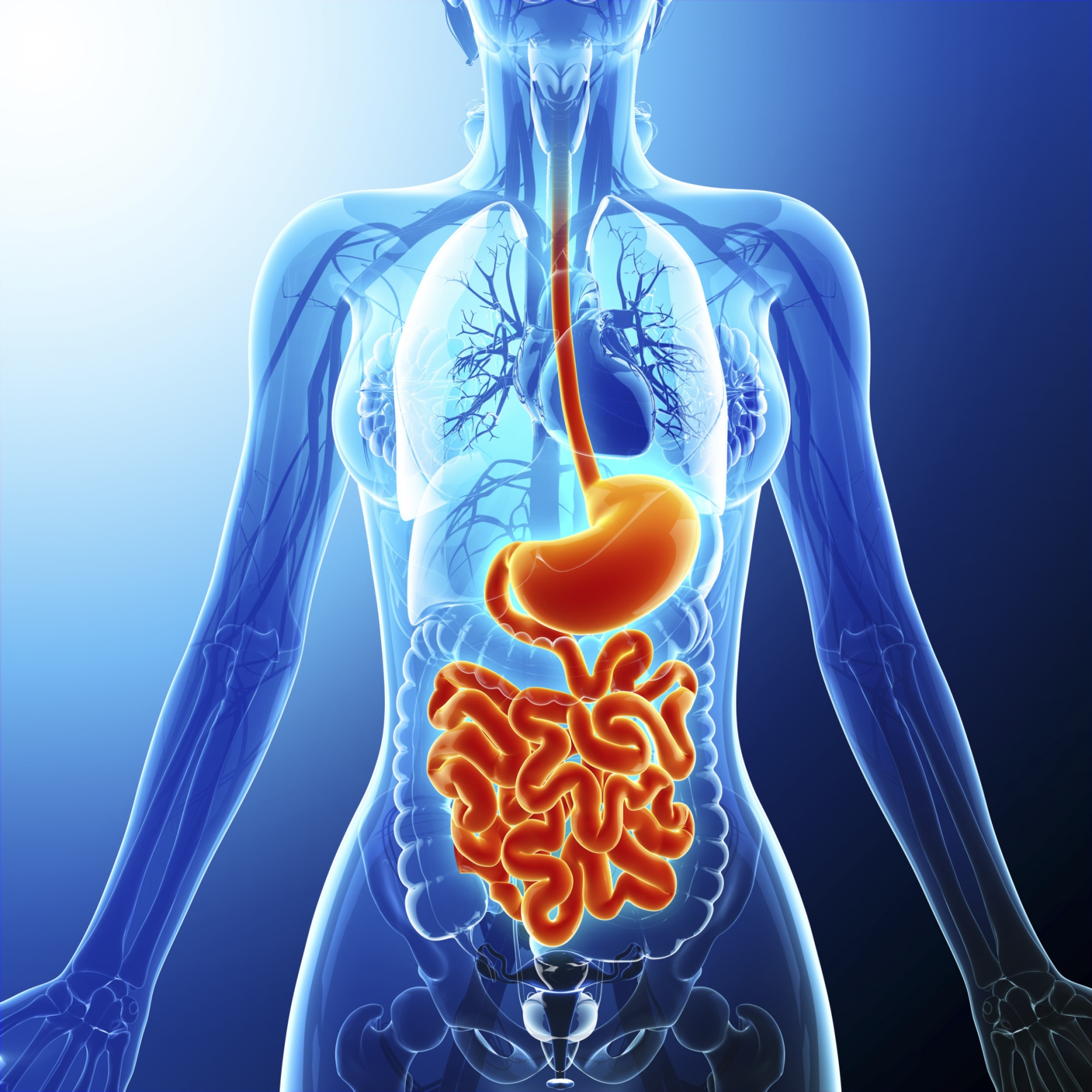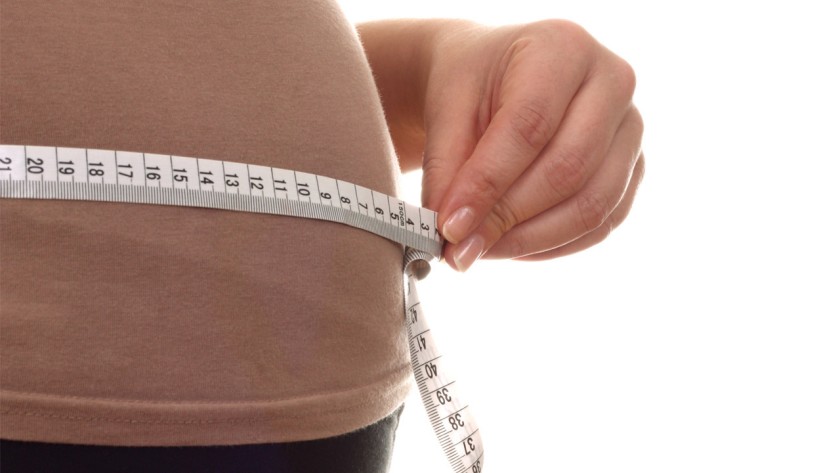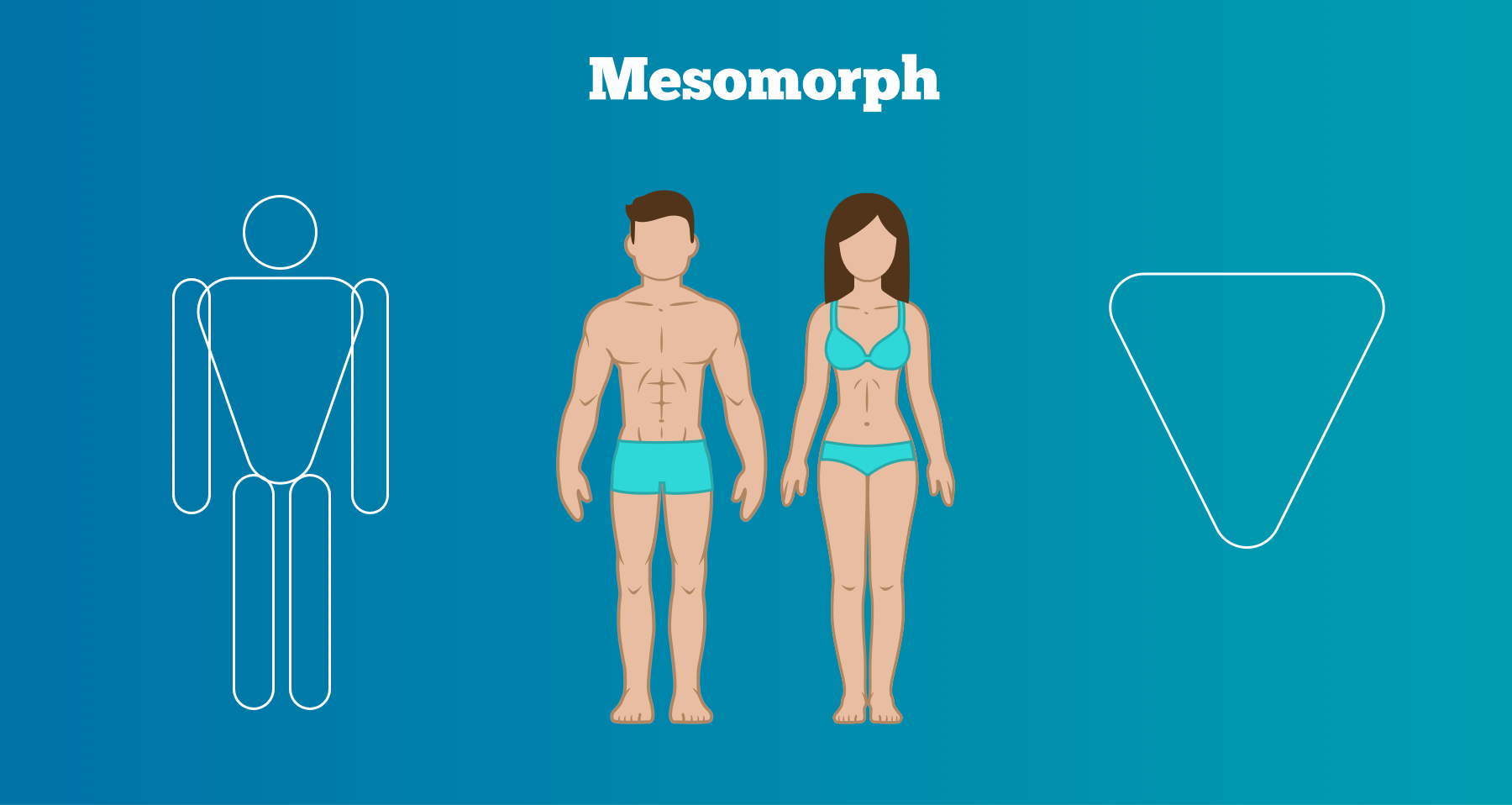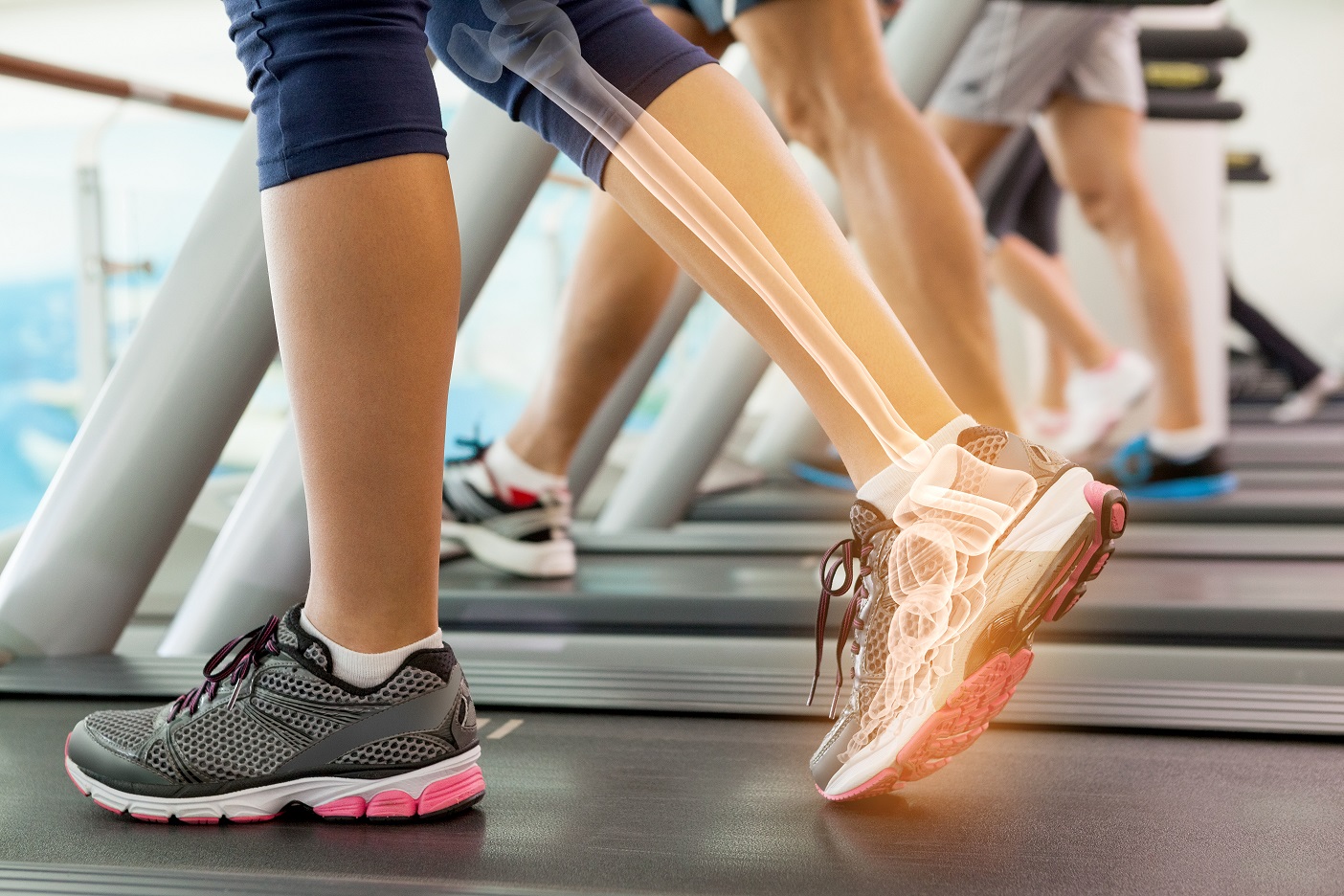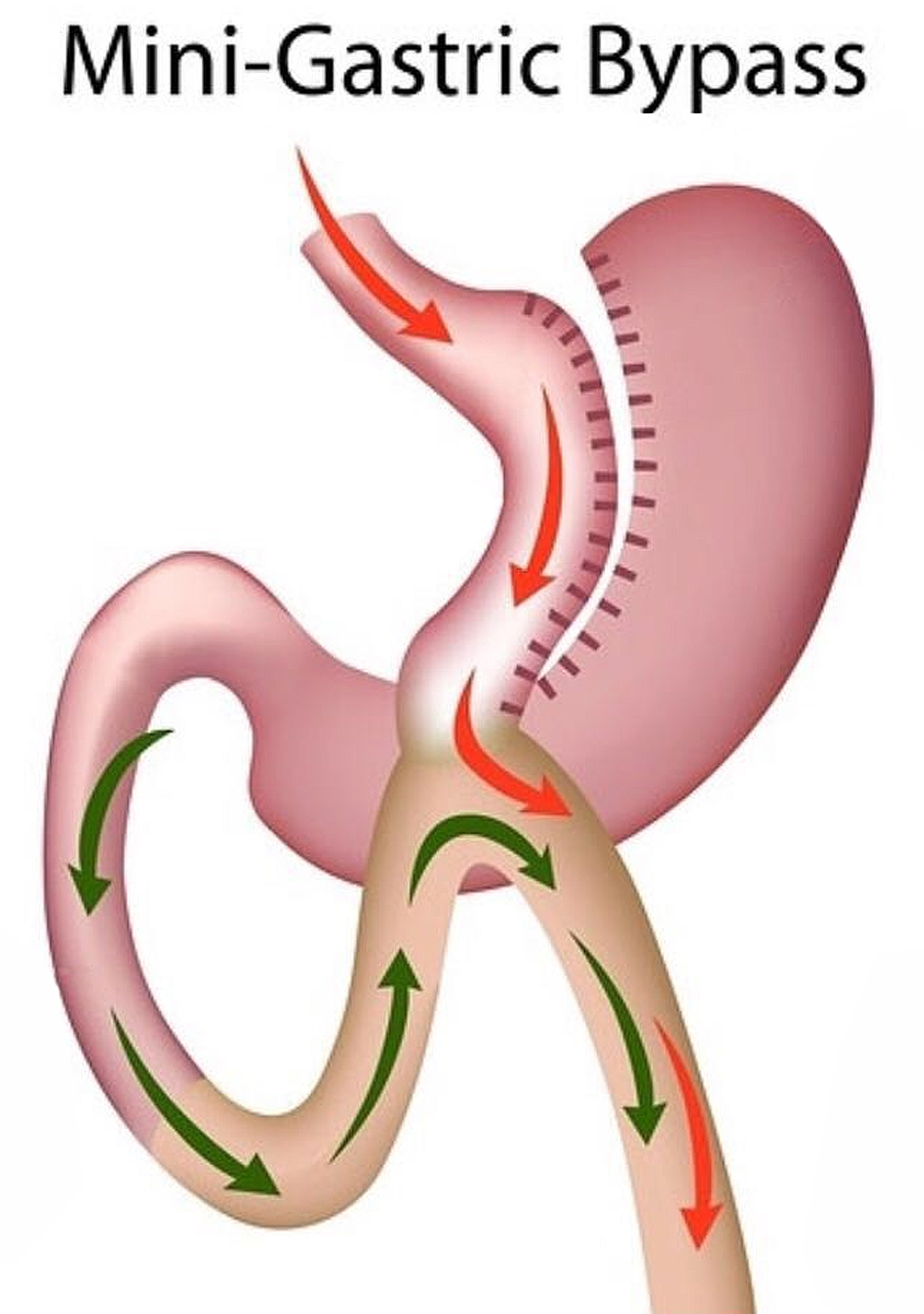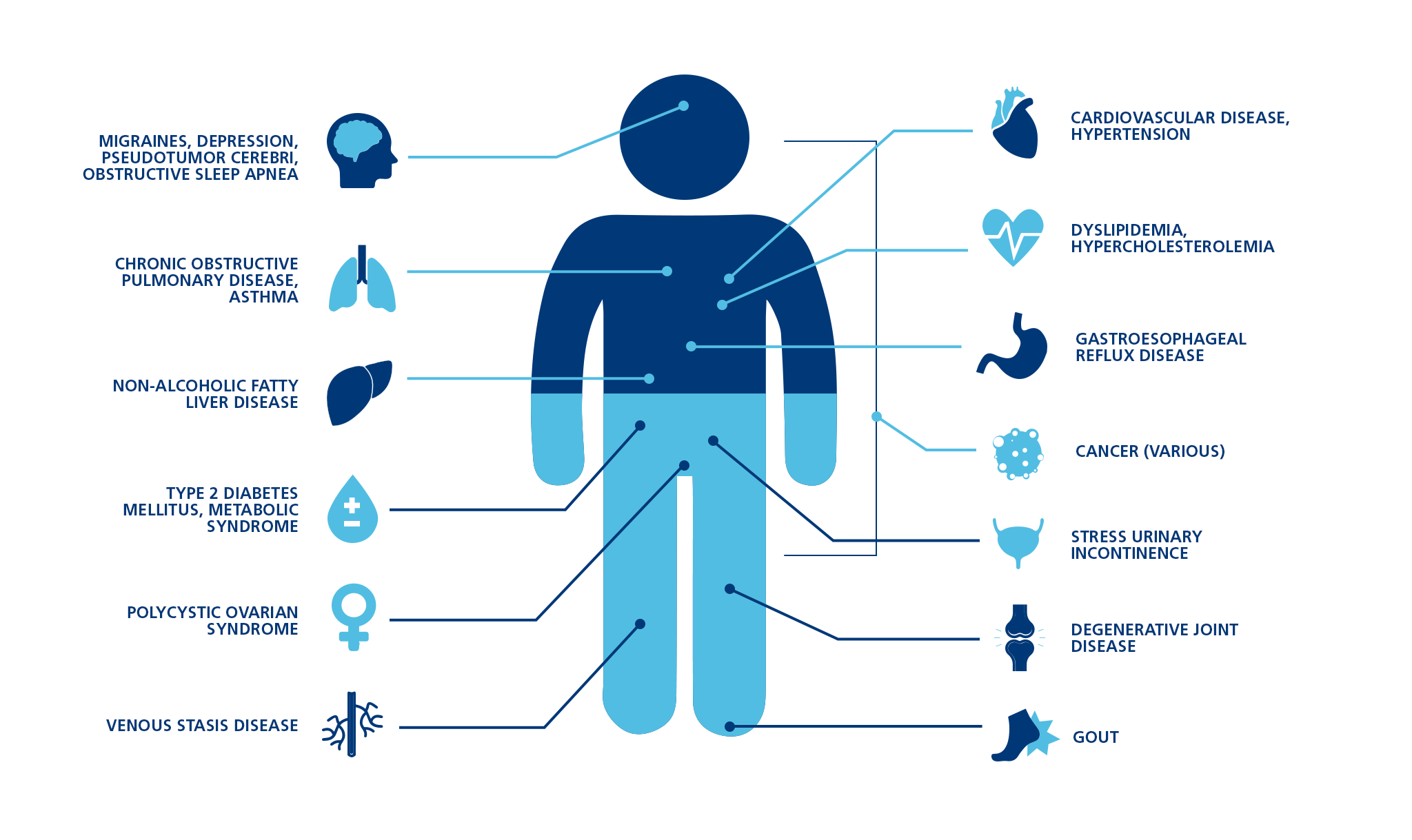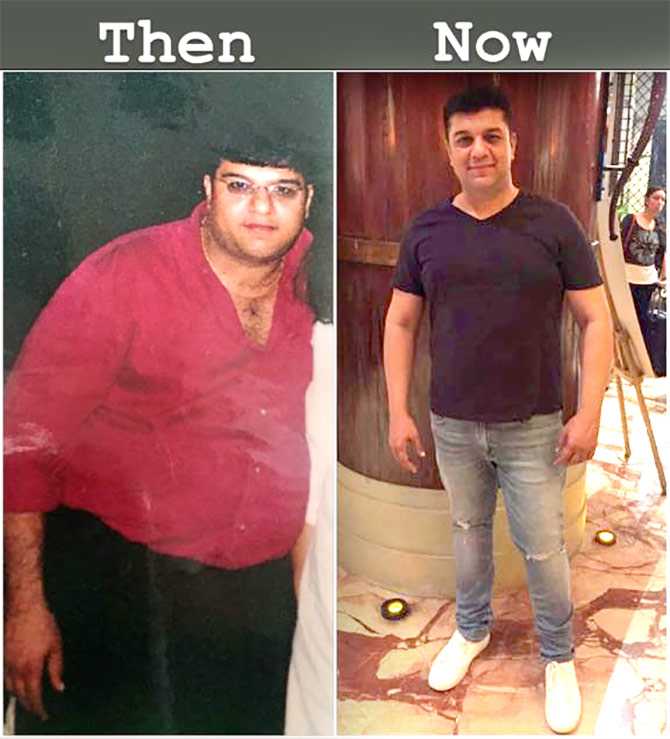Pancreatoscopy , Pancreatoscopy Procedure, Pancreatoscopy Benefits, Pancreatoscopy Results, Pancreatoscopy limitations, Pancreatoscopy risks, pancreatic disease, pancreatitis
Pancreatoscopy- Procedure, Benefits and Results
Per-oral pancreatoscopy (POPS) is an endoscopic procedure to visualize the main pancreatic duct. It aids doctors in diagnosis as well as treatment of pancreatic diseases.

OVERVIEW
Multiple modalities are available for the investigation of pancreatic diseases, such as magnetic resonance cholangiopancreatography, computed tomography, transabdominal ultrasound, endoscopic retrograde cholangiopancreatography, and endoscopic ultrasound.
But even though there have been technological refinements in these imaging modalities, making a conclusive diagnosis in the setting and managing indeterminate pancreatico-biliary stricture can be difficult.
Per-oral pancreatoscopy- one of the currently used endoscopic procedures in the medical field- was initially described in 1976. POPS specifically has the advantage of directly observing the main pancreatic duct, permitting tissue acquisition, and directing therapies such as stones lithotripsy.
PANCREATOSCOPY APPLICATION AND PROCEDURE
Pancreatoscopy has two primary indications for diagnostic purposes-
- First, it is used for visualization and histological diagnosis of intraductal papillary mucinous neoplasms. In these cases, POPS is very useful to assess the extent of malignancy and for the study of the intraductal papillary mucinous neoplasm in order to guide the surgery resection margins.
- Second, it is used to determine pancreatic duct strictures, particularly important in cases of chronic pancreatitis, which is associated with both benign and malignant strictures. Therefore POPS allows differentiation between benign and malignant disease and allows mapping the extent of the tumor prior to surgical resection.
Also, tissue sampling is possible, but it can be technically difficult because of the limited maneuverability of the biopsy forceps in the pancreatic ducts.
Pancreatoscopy can also be used for therapeutic purposes, such as pancreatoscopy-guided lithotripsy(a non-invasive procedure that uses shock waves to break up stones) in chronic painful pancreatitis with pancreatic duct stones.
The available data for the moment suggests that, in selected patients, pancreatoscopy has an important and promising role to play in the diagnosis of indeterminate pancreatic duct strictures and the mapping of main pancreatic duct intraductal papillary mucinous neoplasms. However, further studies are necessary to elucidate and validate the pancreatoscopy role in the therapeutic algorithm of chronic pancreatitis.(Source)
Pancreatoscopy consists of the classic technique of the mother-baby method(introduced in the late 1970’s) in which a mini-endoscope is passed through the accessory channel of the therapeutic duodenoscope.
Later on (in the early 2000’s) single operator tools were also introduced into the field but with higher cost implications.
Pancreatoscopy is performed by positioning the patient in the semi-prone configuration ensuring the stability of the duodenoscope, which is very important to facilitate the pancreatoscope insertion and eventual maneuvers. Access to the pancreatic duct is similar to that of the mother-baby cholangioscopy and commonly occurs through the major papilla, with or without sphincterotomy (a simple surgery during which the sphincter is cut or stretched) depending on the diameter of the pancreatic orifice and diagnostic indications, although it is also possible through the minor papilla. For example, in intraductal papillary mucinous neoplasm (IPMN) where the papillary orifice is typically large, a sphincterotomy may be unnecessary.
Similarly to cholangioscopy, a few years ago direct POPS was achieved using ultraslim gastroscopes through two approaches:
- A 5-Fr balloon catheter positioned and inflated in the Wirsung duct (a duct joining the pancreas to the common bile duct) in order to create an anchoring mechanism and facilitate the progression of the pancreatoscope; and
- An overtube placed on an ultra-slim gastroscope to prevent stomach looping during insertion.
In patients without chronic calcific pancreatitis and/or pancreatic sphincterotomy, ductal injection is a high-risk maneuver for the development of post-endoscopic retrograde cholangiopancreatography pancreatitis. In these cases some preventive measures are highly recommended (i.e., rectal indomethacin, hydration, stenting)
INDICATIONS FOR PANCREATOSCOPY
DIAGNOSTIC
- Visualization and histological diagnosis of intraductal papillary mucinous neoplasm
- Determine pancreatic duct strictures, differentiate between benign and malignant disease allows mapping the extent of the tumor prior to surgical resection
THERAPEUTIC
- Pancreatoscopy-guided lithotripsy in chronic painful pancreatitis with pancreatic duct stones
COMPLICATIONS AND LIMITATIONS OF PANCREATOSCOPY
The overall complication rates after diagnostic and therapeutic POPS were reported at 10%-12% and mostly consisted of mild pancreatitis. The success of a pancreatoscopy can be conditioned by pancreatic main duct anatomy and diameter, ductal stenosis, or blocking stones. Depending on the clinical indication the visualization rate of Wirsung duct is 70%-80%. Some researchers argue that a main pancreatic duct diameter greater than 5 mm is necessary. (Source)
BOTTOMLINE
Endoscopic pancreatoscopy offers the advantage of direct visualization of the pancreatic duct, allowing for optimal macroscopic assessment, targeted tissue acquisition and guided therapies such as lithotripsy of pancreatic duct stones. While there are certain limitations, the continual development in technology is making it a useful tool for diagnosis and treatment of pancreatic diseases.
Reference
- https://www.ncbi.nlm.nih.gov/pmc/articles/PMC6354109/
- https://www.ncbi.nlm.nih.gov/pmc/articles/PMC6379742/
- https://journals.lww.com/co-gastroenterology/Abstract/2018/09000/Current_role_of_endoscopic_pancreatoscopy.7.aspx
- https://www.sciencedirect.com/science/article/pii/B9780323481090000262
- https://jamanetwork.com/journals/jamasurgery/fullarticle/211533
- https://www.researchgate.net/publication/282874417_Digital_Catheter-Based_Single-Operator_Cholangiopancreatoscopes_Can_Pancreatoscopy_and_Cholangioscopy_Become_Routine_Procedures

